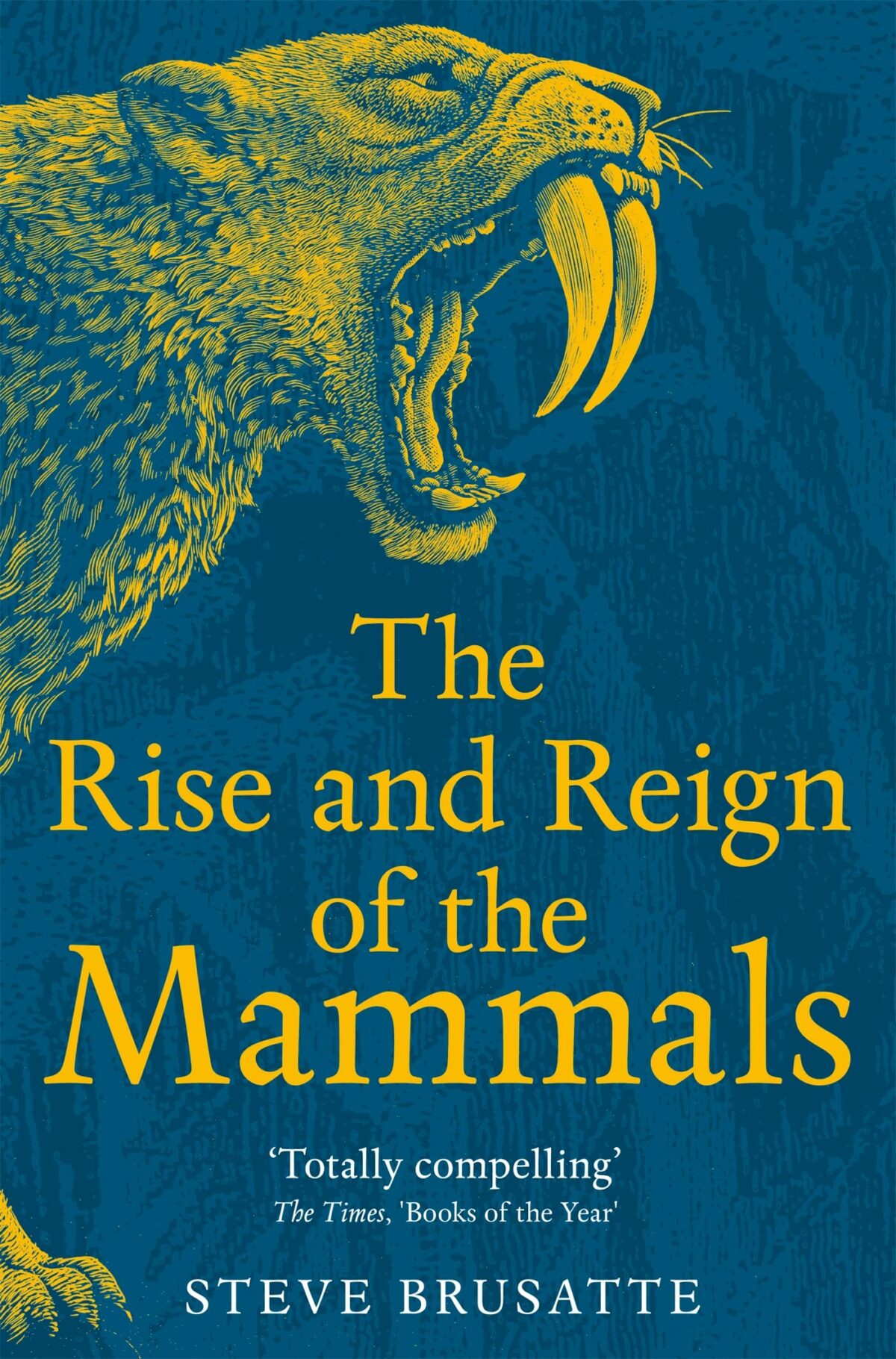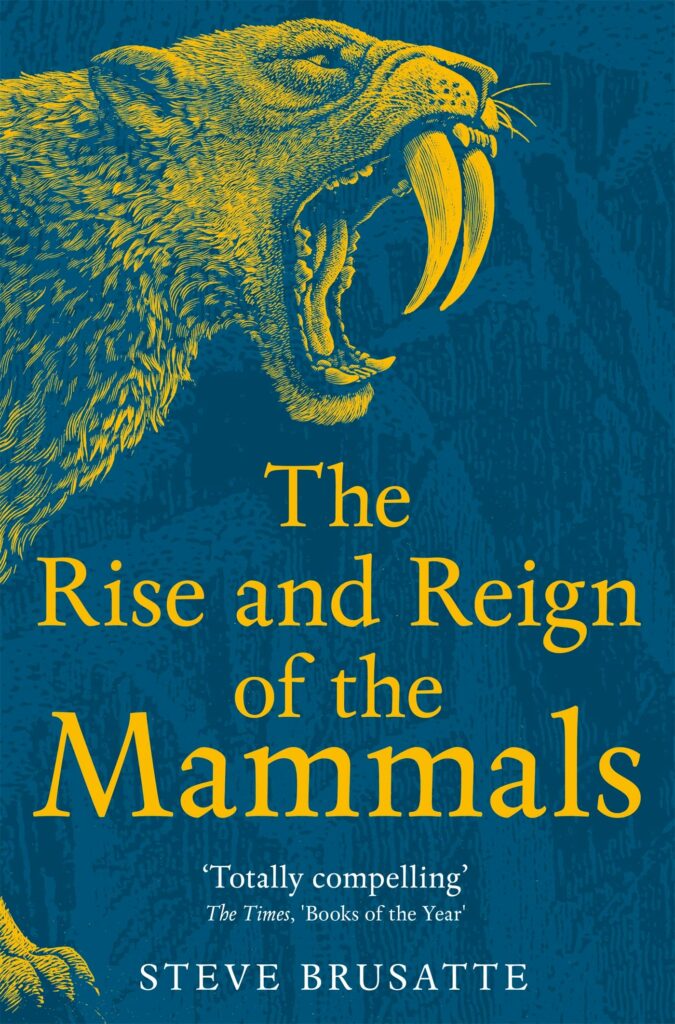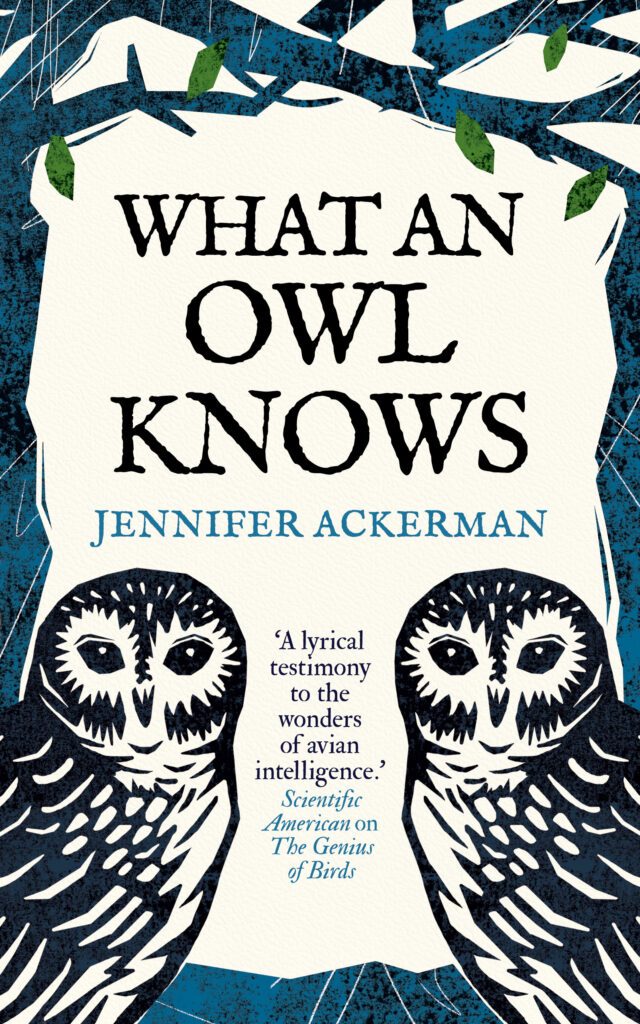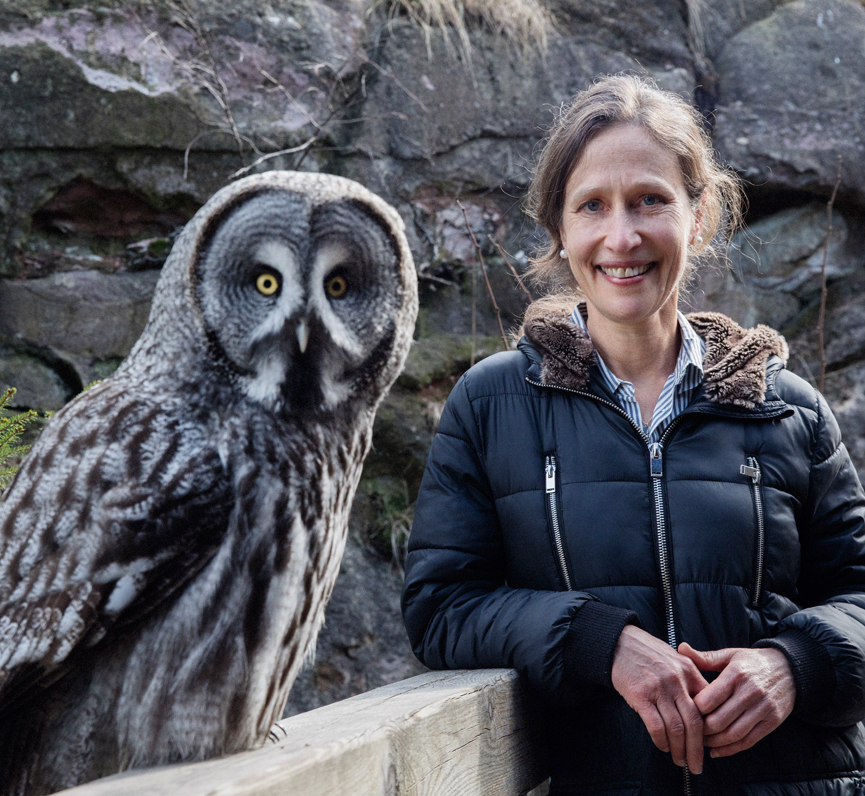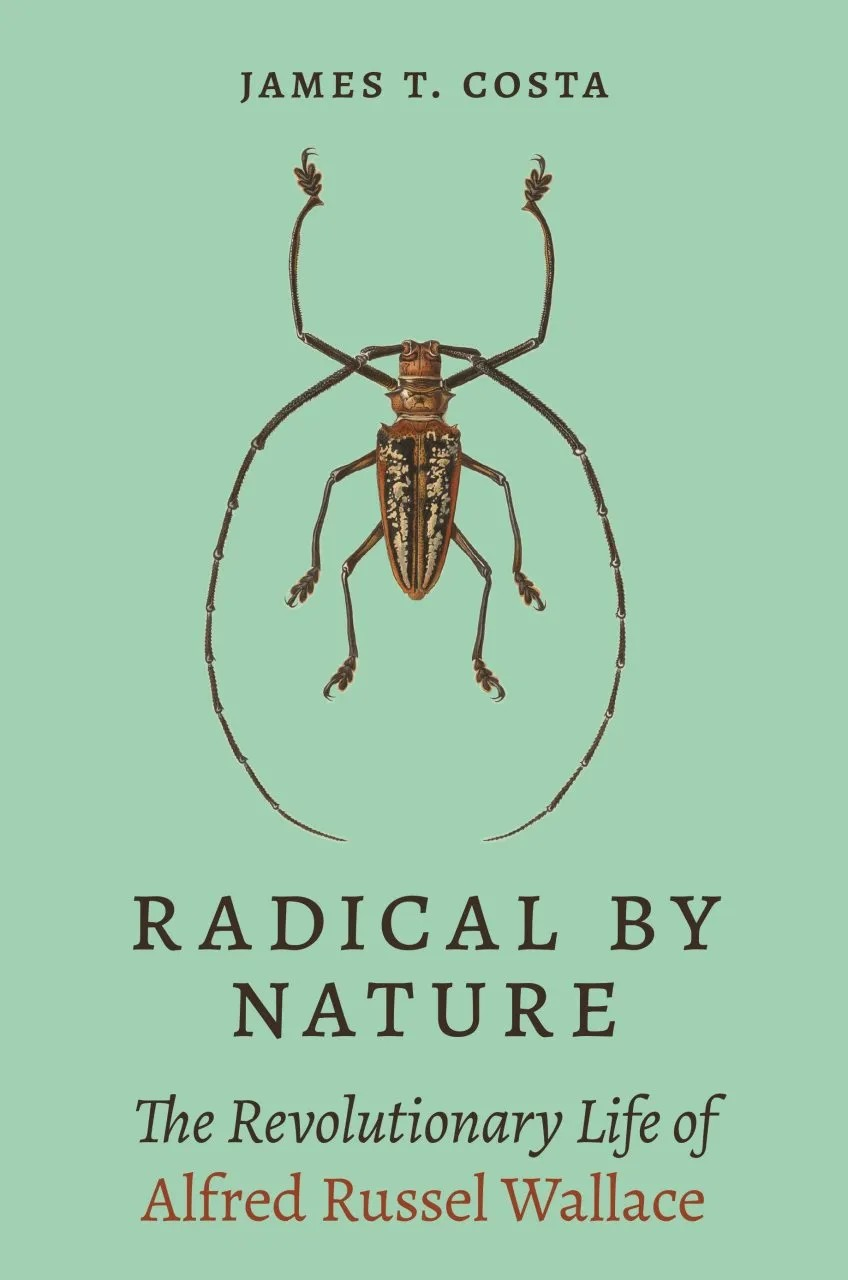 ***** A tremendously enjoyable biography
***** A tremendously enjoyable biography
2023 marked the 200th anniversary of the birth of Victorian naturalist Alfred Russel Wallace. Best remembered as the father of biogeography and co-discoverer of natural selection, he was an all-round fascinating person. Evolutionary biologist, entomologist, and Darwin and Wallace scholar James T. Costa gives an in-depth, intimate, and updated story of his life.
Given the many other available Wallace biographies, why read this one? Because Costa can safely be considered an expert on the history of evolutionary thought. Next to three books on Darwin since 2009, Costa has also studied Wallace’s life and work since 2010, resulting in three books, not to mention numerous academic papers and magazine articles. What this means in practical terms is that Costa provides context, context, context.
As such, he explains the relevance and novelty of Wallace’s ideas at the time (and I am going to be very selective here). For instance, Wallace was one of the first to insist on the recording of accurate location data when collecting animals and plants. When moving east and west in the Malay Archipelago, he thus noticed that the fauna on some neighbouring islands differed sharply, a local division later named the Wallace Line. It undermined geologist Charles Lyell’s idea that environment alone determines distribution.
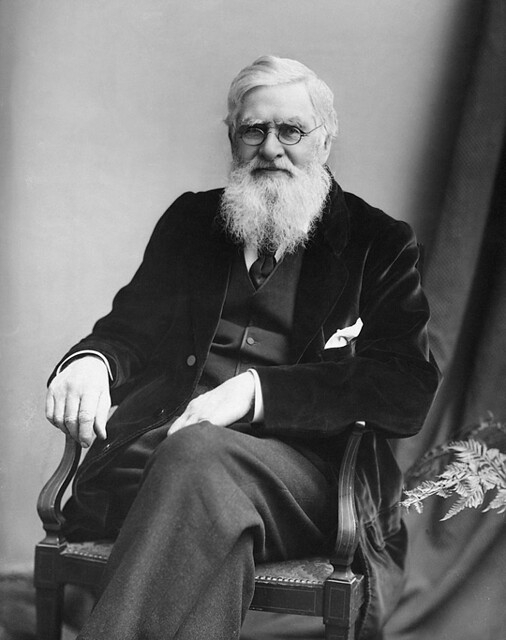
Speaking of Lyell, some of Wallace’s most underrecognized ideas concern transmutation (as evolution was known back then). Lyell claimed that species were immutable entities and that the fossil record reflected separate rounds of creation. Wallace disagreed; he was never one to shy away from discussion, even with intellectual giants. His then-novel idea was that “every species arises in immediate proximity to a preexisting and closely related species” (p. 158). But how? Wallace’s flash of insight on natural selection, the remarkable confluence of Darwin and Wallace’s ideas, and the case Wallace was building against Lyell are all deeply interesting topics that I am deferring to other reviews. Instead, let me briefly consider his take on anthropology. Wallace was fascinated with the indigenous people he encountered and his approach “was nothing less than a natural history of humans” (p. 196), applying the same evolutionary logic he applied to other animals. Against the background of a divided discipline back in London between polygenists (who saw races as separate entities, even species) and monogenists (who saw “races” as variations of a single human species), Wallace hewed closer to the latter.
Costa also provides much historical context on Wallace the person. He is rightly remembered as a humanitarian scholar for whom justice was his lodestar. Utopian socialist Robert Owen left a deep impression and the young Wallace was a regular at the halls of science and mechanics’ institutes that were just then popping up everywhere. These promoted self-improvement of working-class people through education. His full conversion to socialism came much later in life though. Wallace was an early advocate of women’s rights, supported the suffragette movement, and more than once campaigned for scholarly societies to allow women in. He also campaigned for land reform, and in hindsight regretted that many of his early survey jobs served ongoing efforts at land enclosure that effectively screwed the poor.
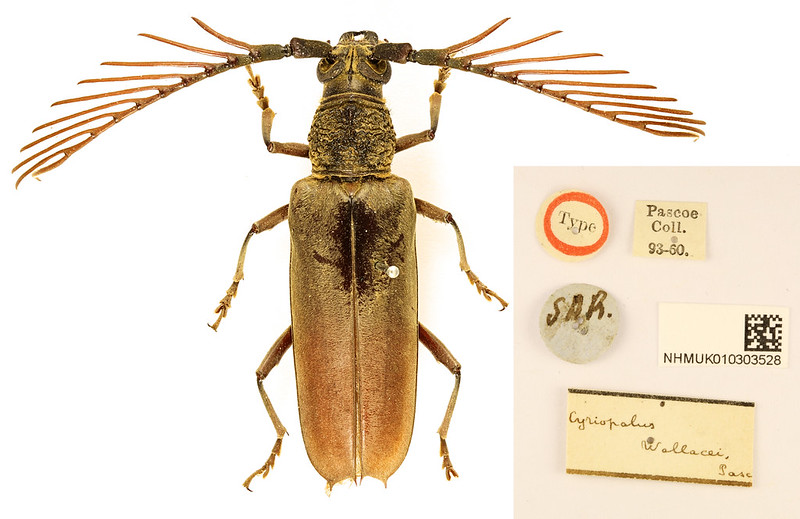
Now, how for some context to the above context? Despite the above character sketch, it would be an oversimplification to celebrate Wallace as “an almost uniquely nonracist, egalitarian Victorian […] who was “woke”” (p. 166) before the rest of us were. Sure, he was respectful towards indigenous people, credited his field assistants, and criticized European civilization. But for all that, he was a product of Britain’s global empire. Wherever he went, he could call on officials, transportation networks, and crews of unnamed porters and boatsmen for assistance. And despite his opposition to slavery, he frequently turned a blind eye to slave-holding friends and expats.
Further commenting on Wallace’s character (here comes more context), Costa admits that Wallace’s trusting nature could border on the gullible. His interest in spiritualism caused disbelief among his peers, even while they praised his scientific achievements. Costa points out that many science historians forget how it impregnated Victorian society at all levels and even some of his critics attended séances suspiciously often. The other faux pas is Wallace’s opposition to smallpox vaccination campaigns. Wallace, himself vaccinated, was all about the science, but this was in its infancy in the 19th century. “We cannot hold those who lived in the past to standards based on modern understanding” (p. 353), pleads Costa. Fortunately, we find him on the right side of history where eugenics is concerned, which he denounced as “the meddlesome interference of an arrogant, scientific priestcraft” (p. 490, note 52).
Costa’s writing is lively, occasionally interjected with chatty remarks or witticism that made me chuckle. When Wallace writes that Alexander von Humboldt’s travel narrative gave him a desire to visit the tropics, Costa responds that “Wallace got a “desire to visit the tropics” all right” (p. 46). When Wallace scathingly remarks that indigenous women in New Guinea are “the least engaging specimens of the fair sex” he had ever met, Costa parries that “chances are he was not viewed by the locals as the hottest specimen of white European manhood either” (p. 231). And when only the religious Lyell is willing to take serious Wallace’s new spiritualist tendencies, Costa imagines how “Darwin could only shake his head at the two of them” (p. 310). I found these a welcome source of levity.
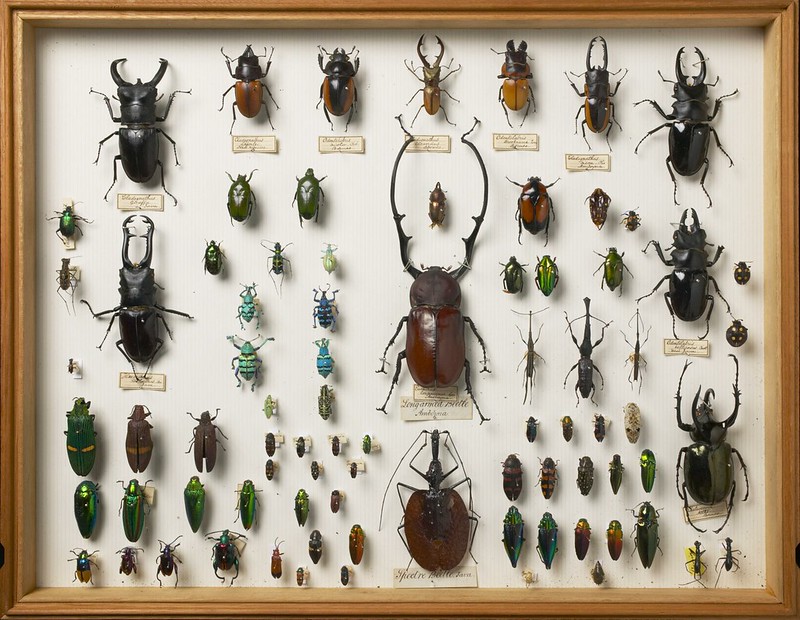
Much more can be said about both Wallace and this wonderful biography. Wallace left behind a mountain of written material for historians. Instead, let me circle back to my first question. Why read this biography? In fairness, other biographies provide details omitted here. Far more important, however, is what Costa adds. Much unpublished information has come to light since the 2013 centenary and Costa has drawn extensively on the archive of material that Wallace’s grandsons had. This was gradually annotated and digitised from 2010 onwards as part of the publicly accessible Wallace Correspondence Project and has allowed Costa to add much intimate detail from hundreds of personal letters.
Given the above, Costa’s stated aim of writing an updated biography has been more than realised; this book is a triumph! I tremendously enjoyed Radical by Nature and was very impressed with the depth of its scholarship. Next to an intimate portrait of this most fascinating scholar, Costa provides much detail on a critical period of scientific development and the social context in which it unfolded.
 Radical by Nature is available from the NHBS bookstore here.
Radical by Nature is available from the NHBS bookstore here.

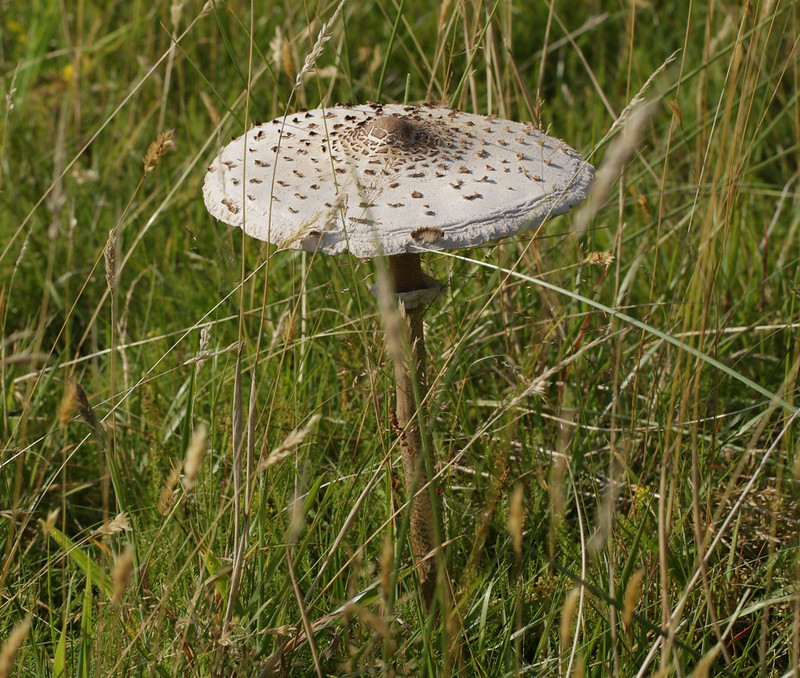
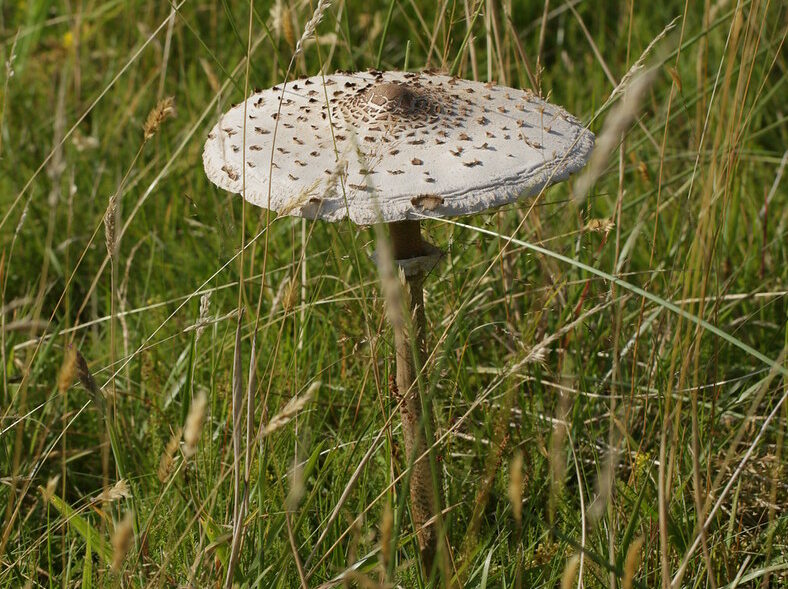
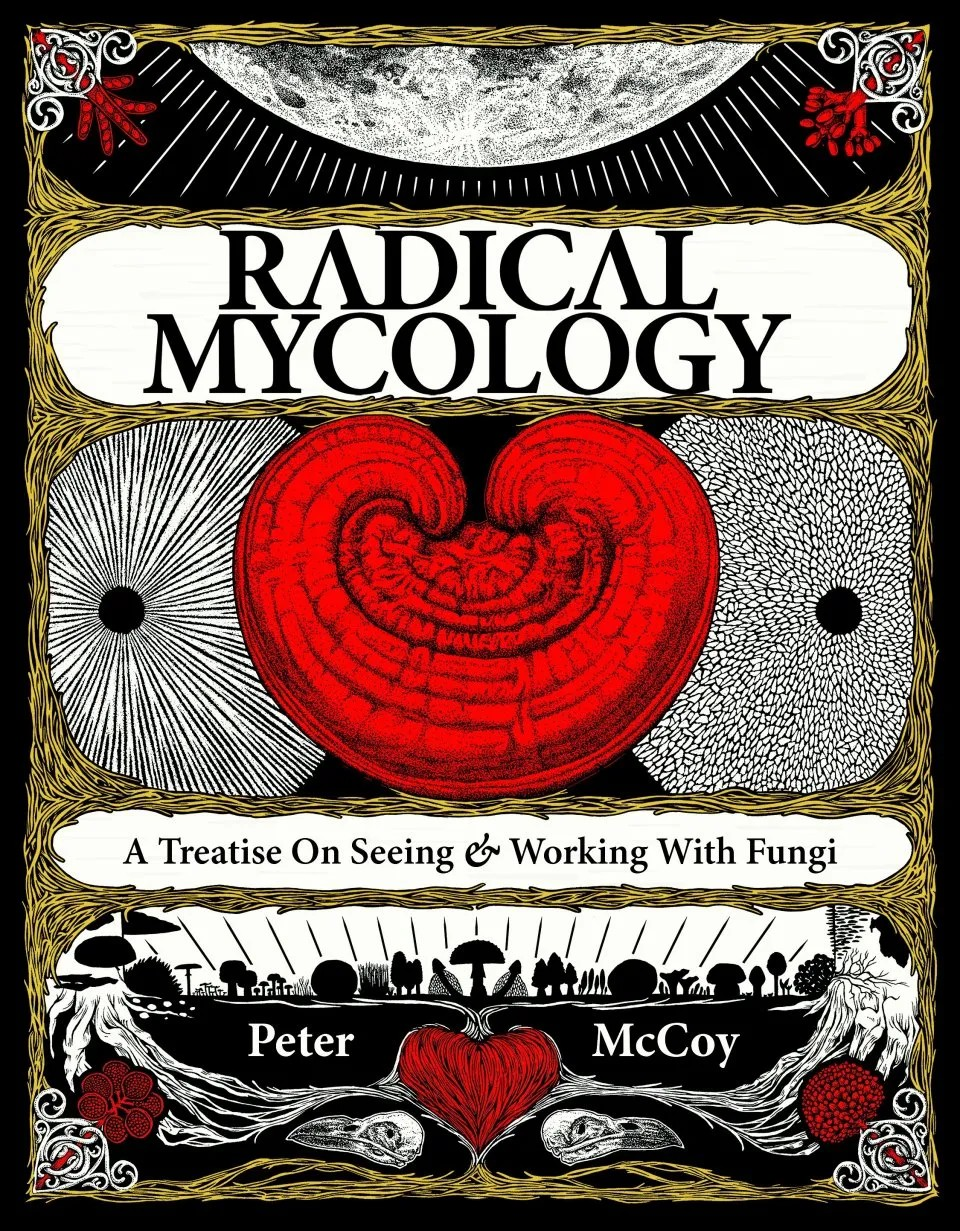
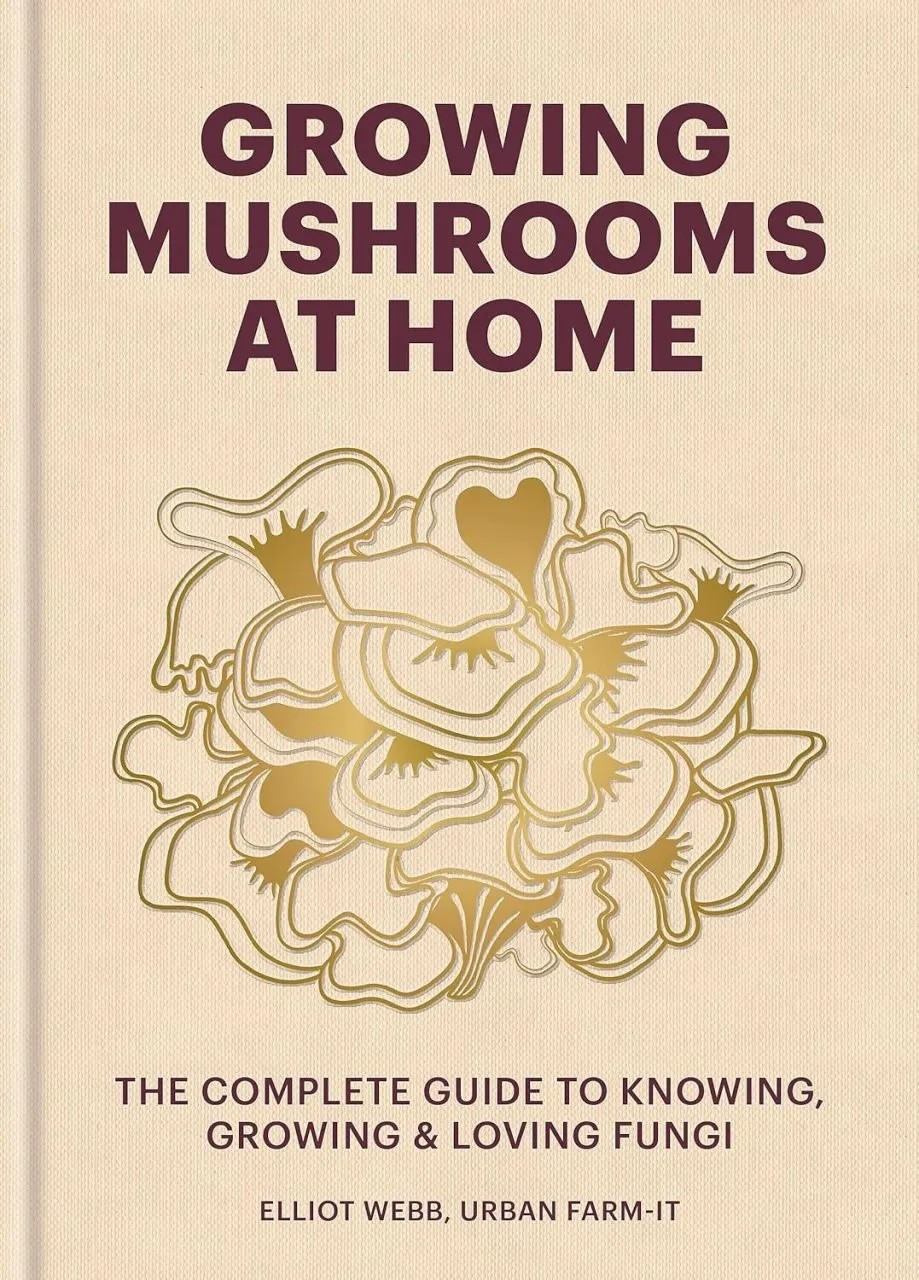
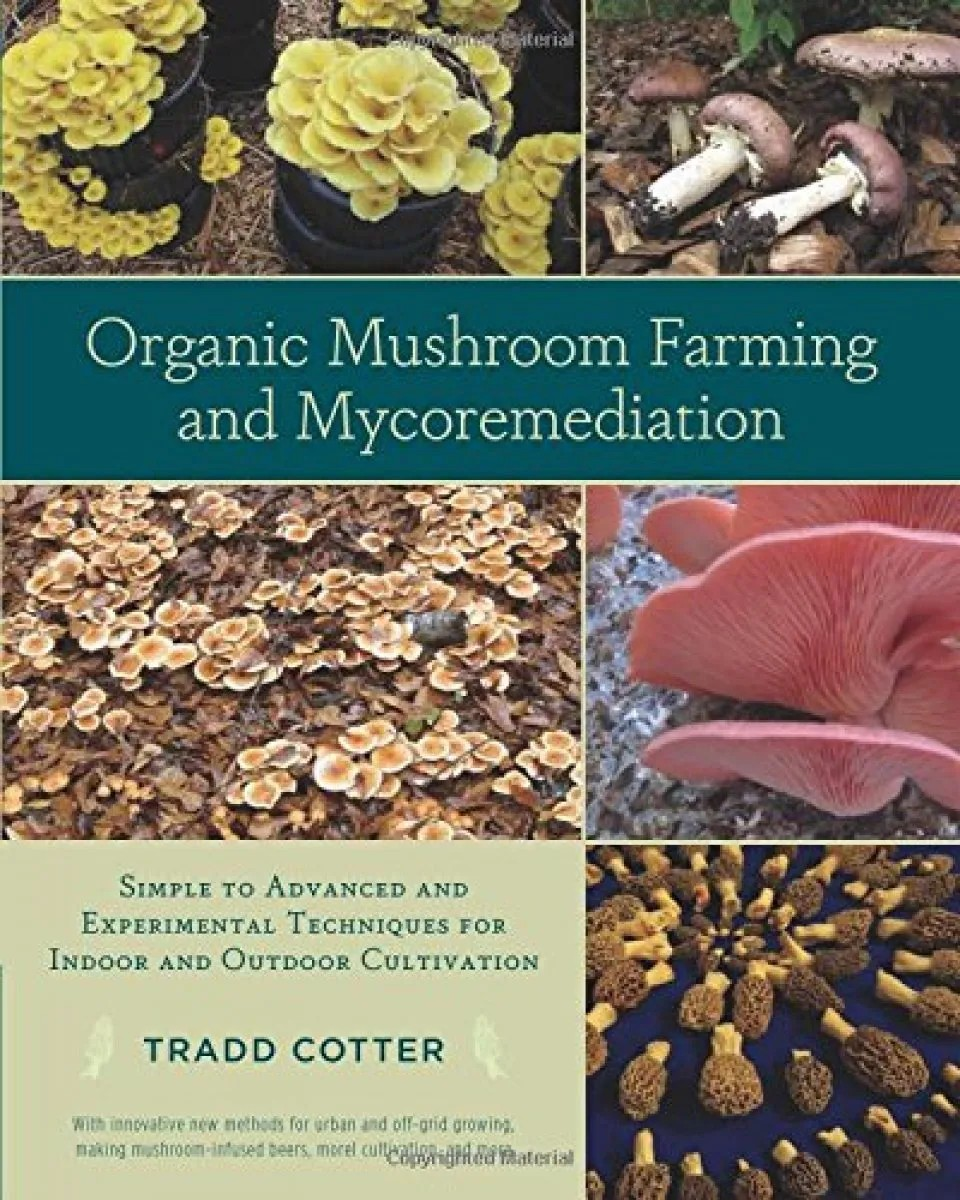
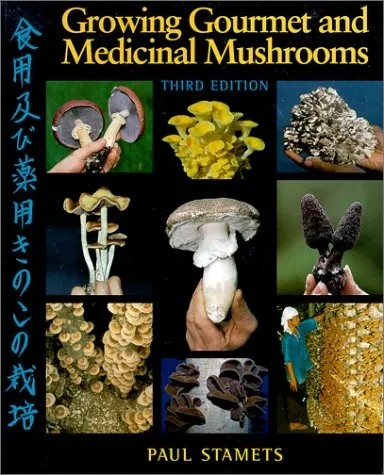
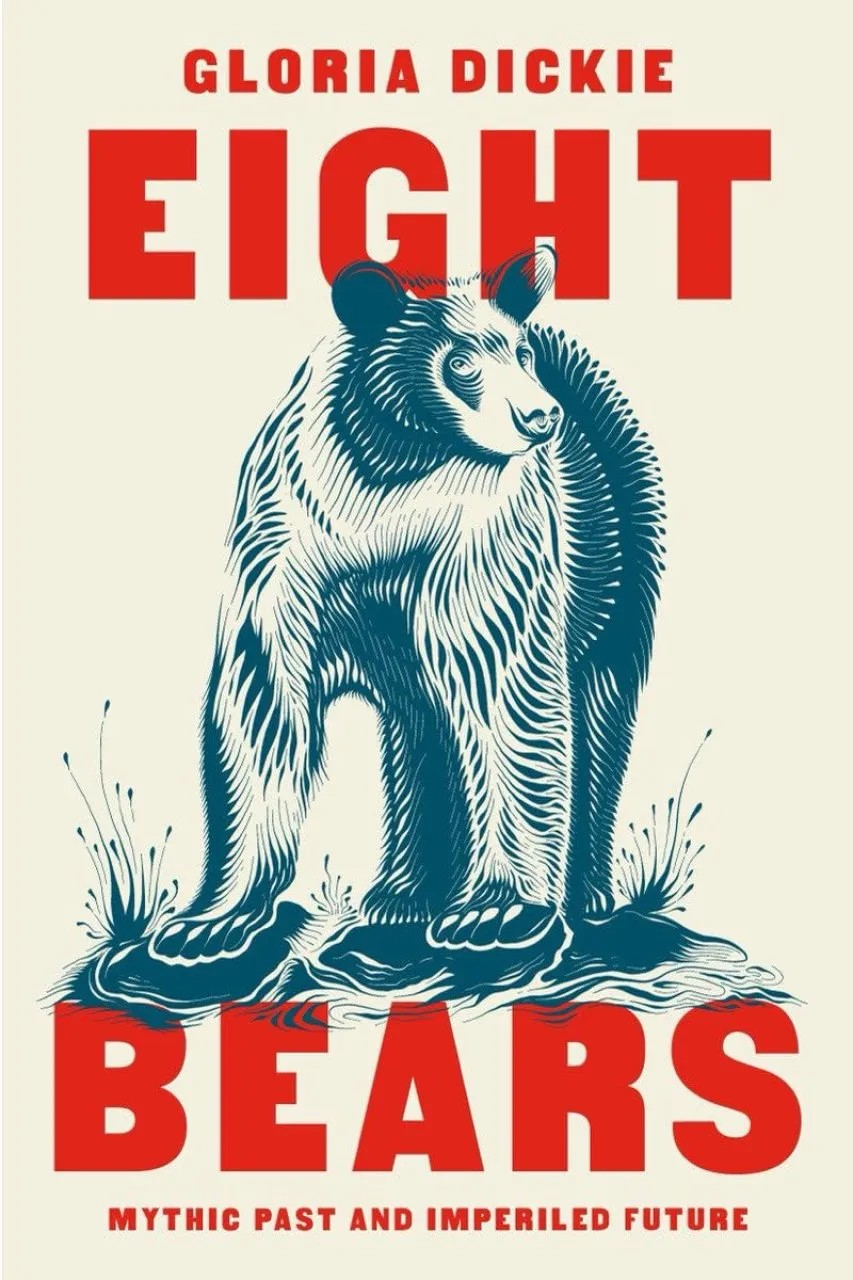
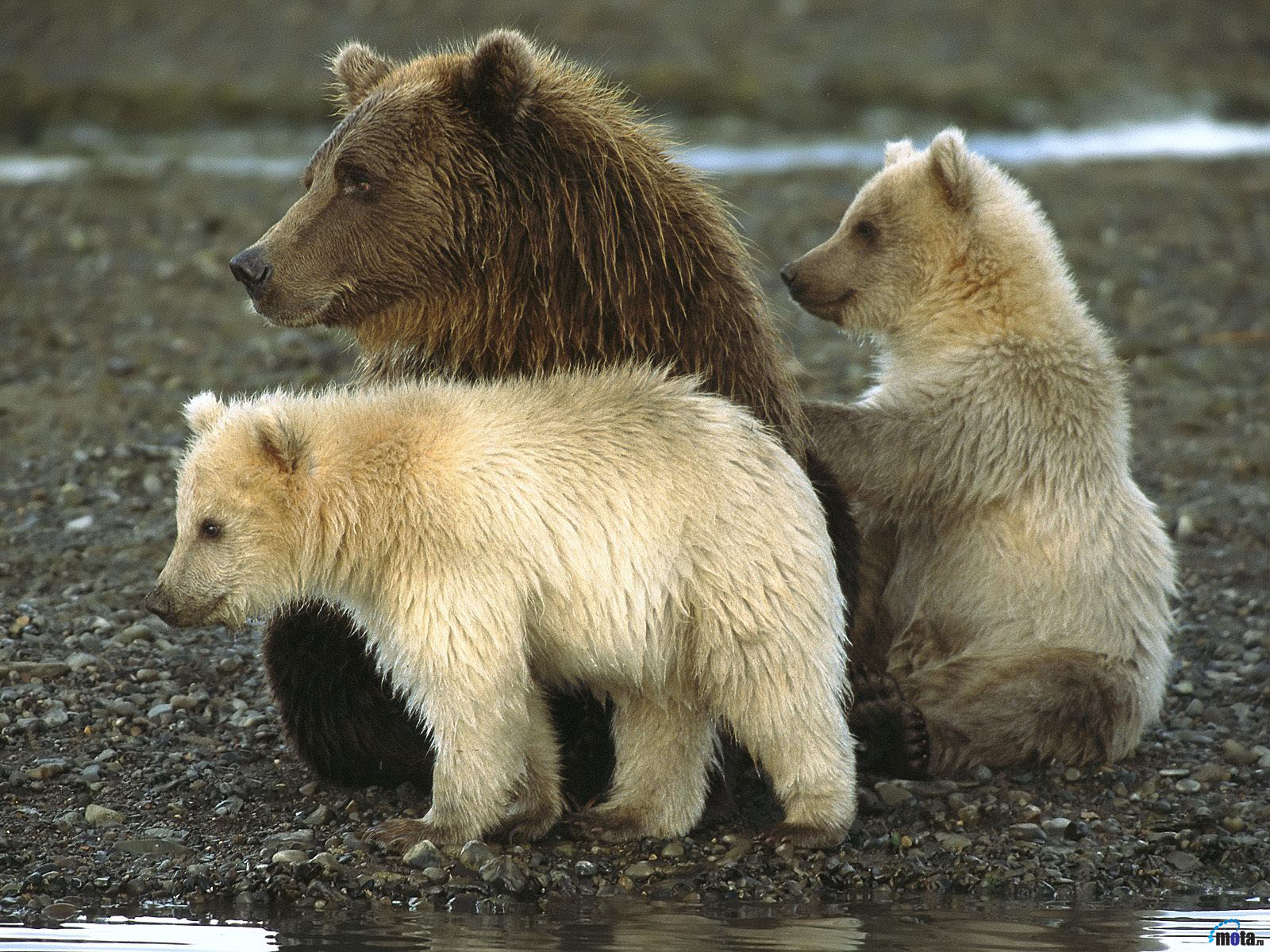
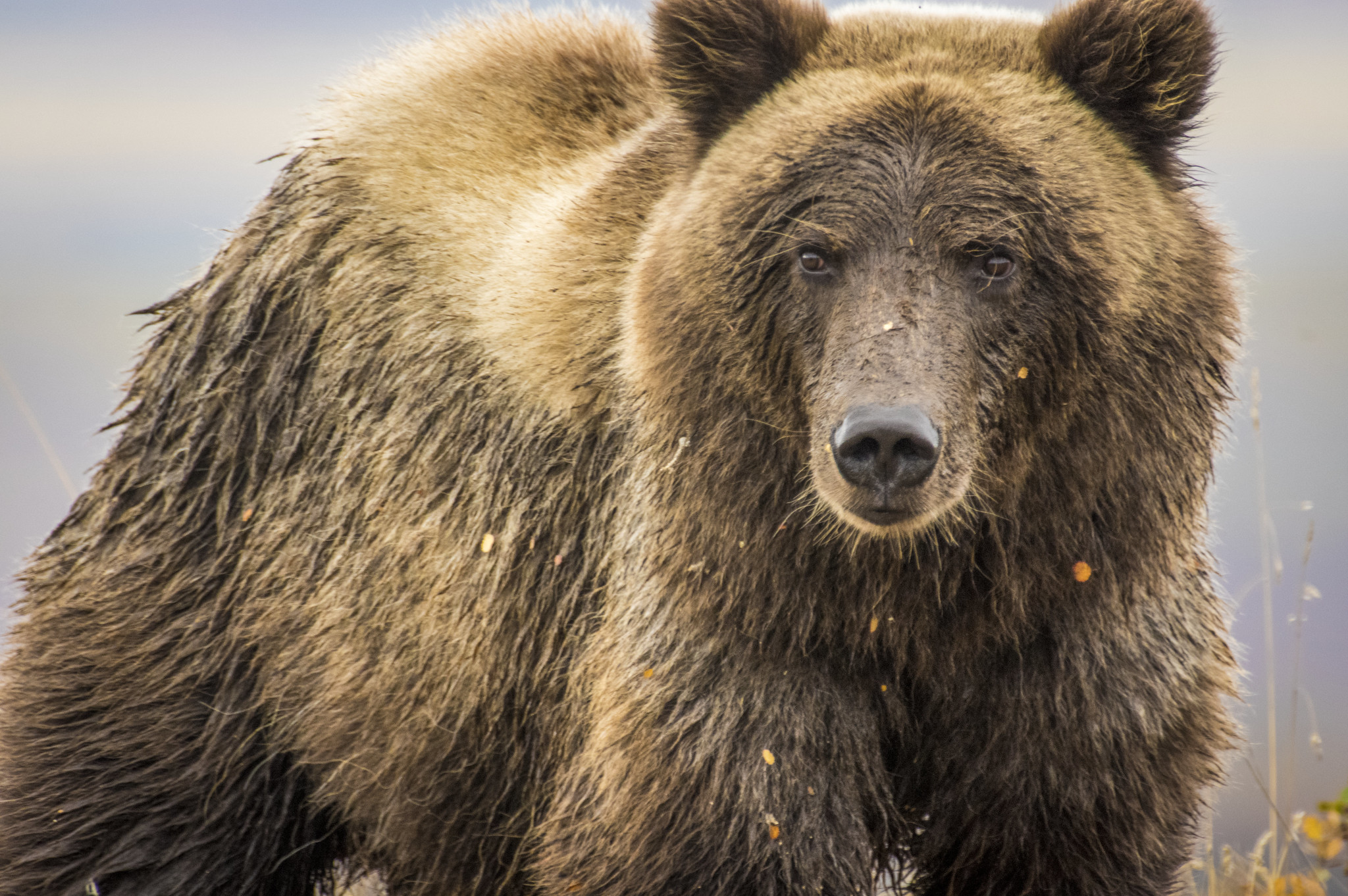
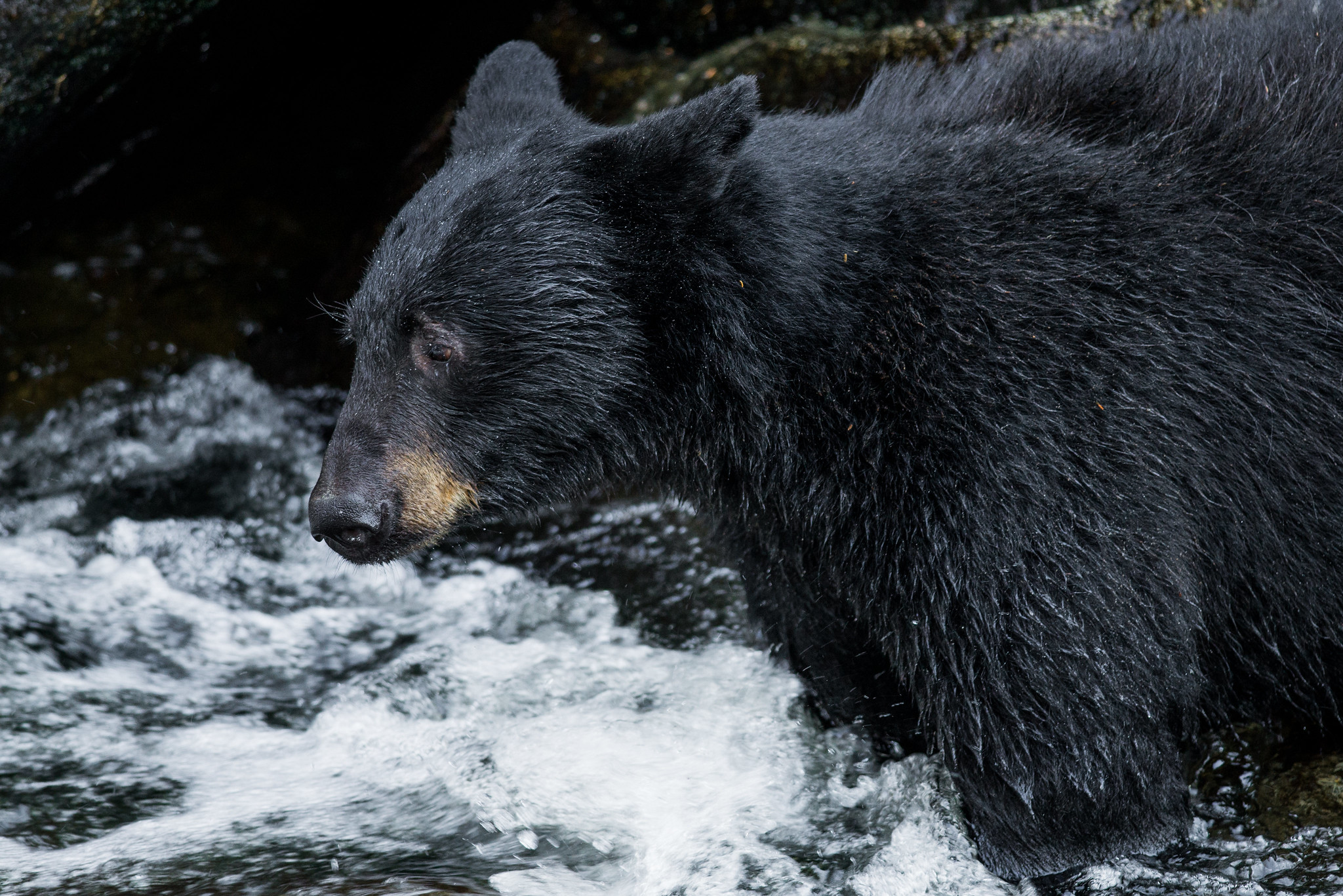
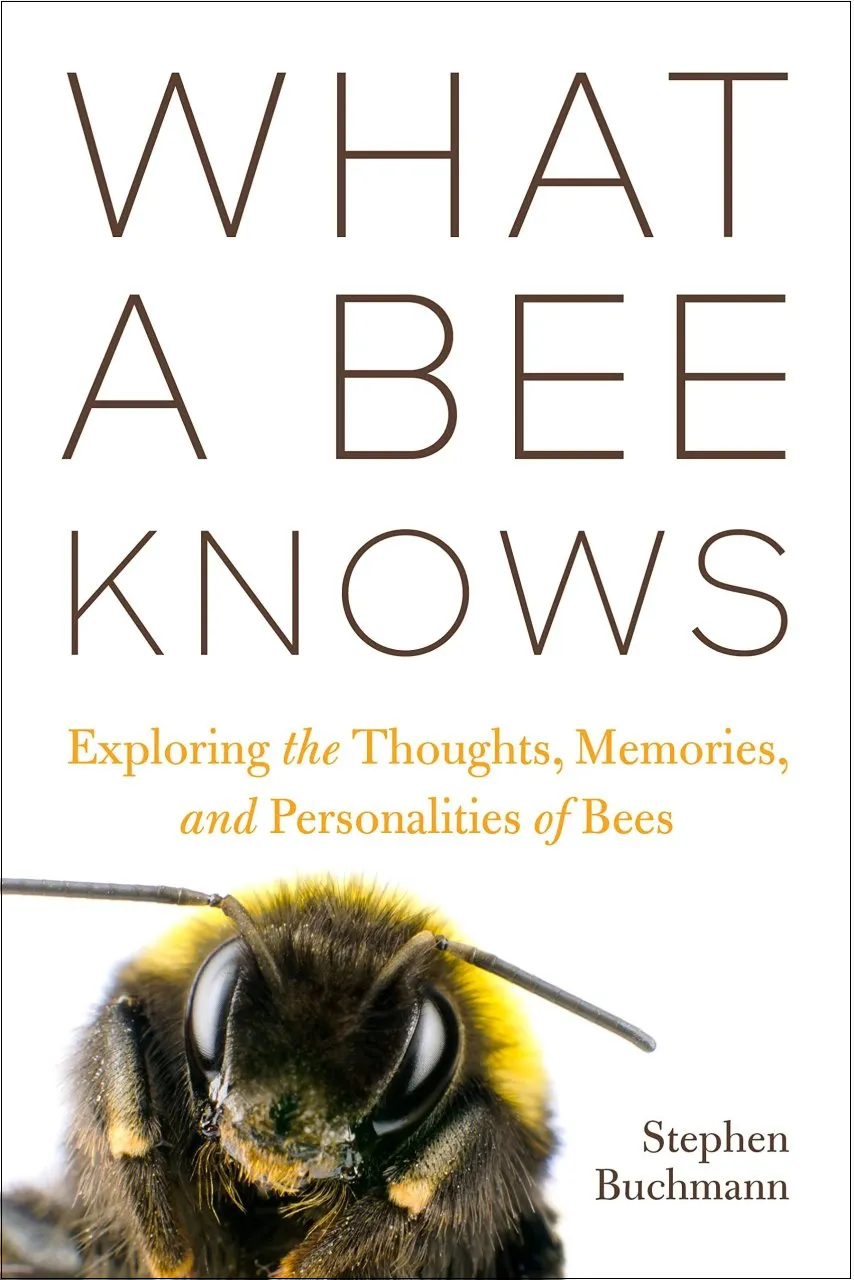
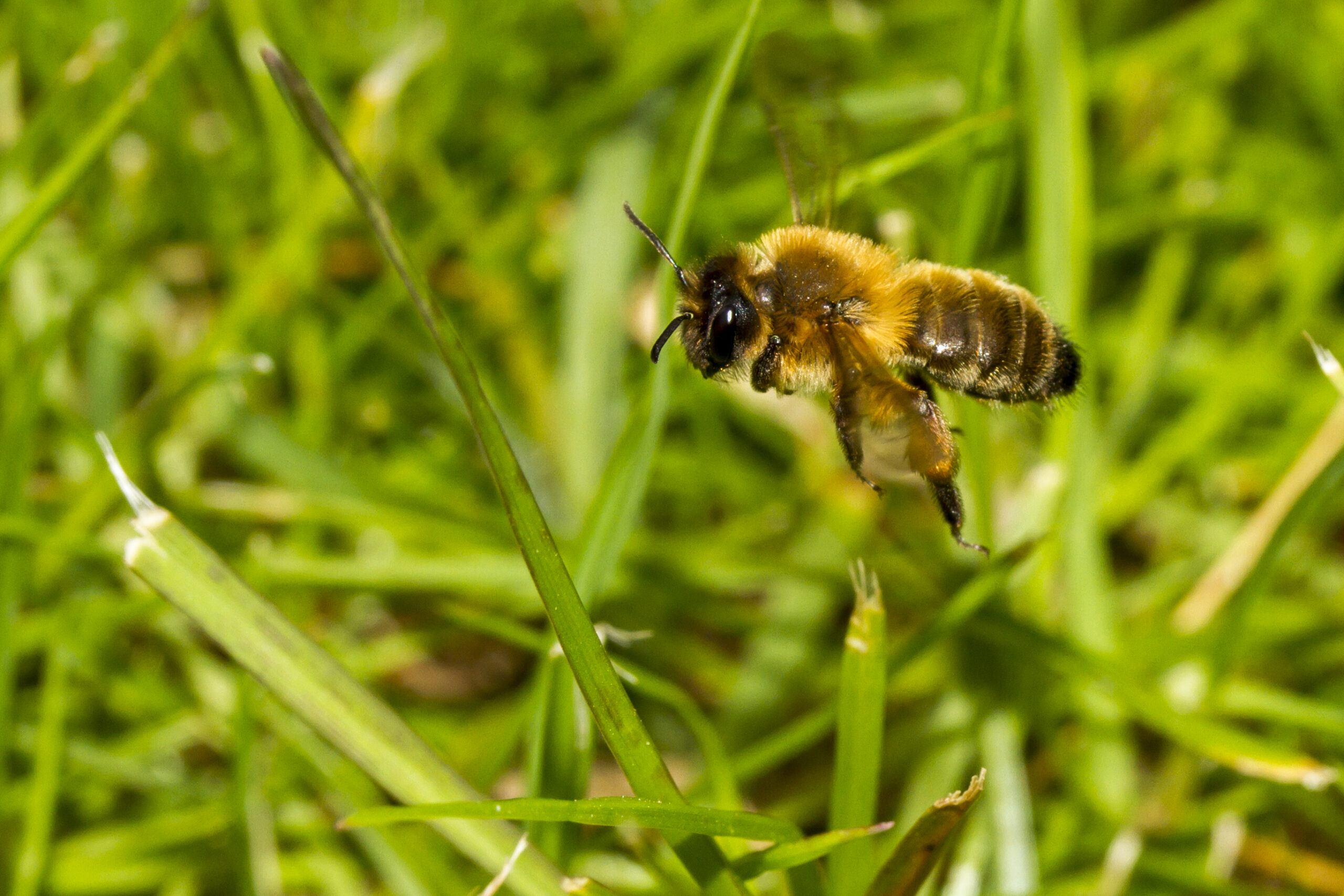
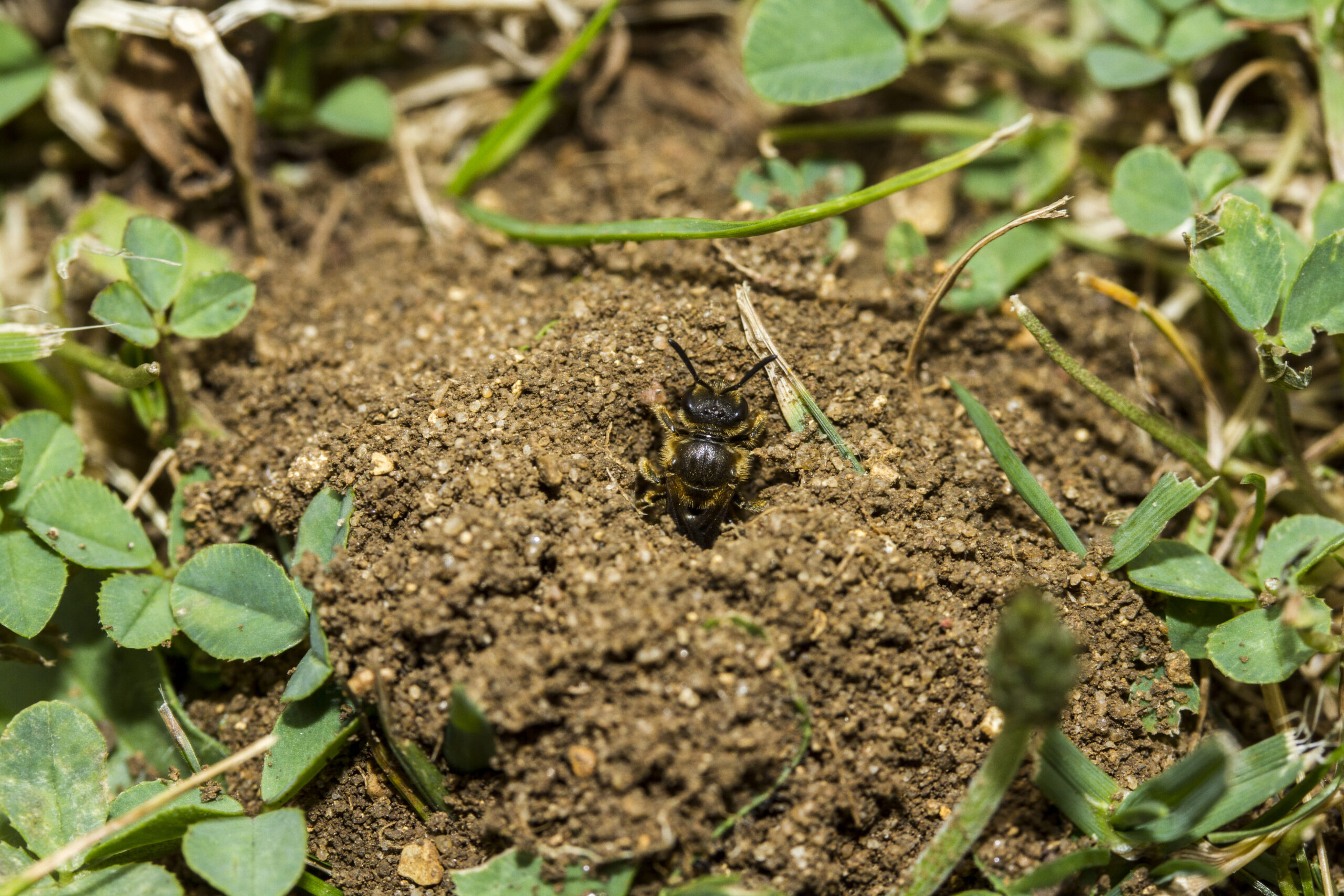
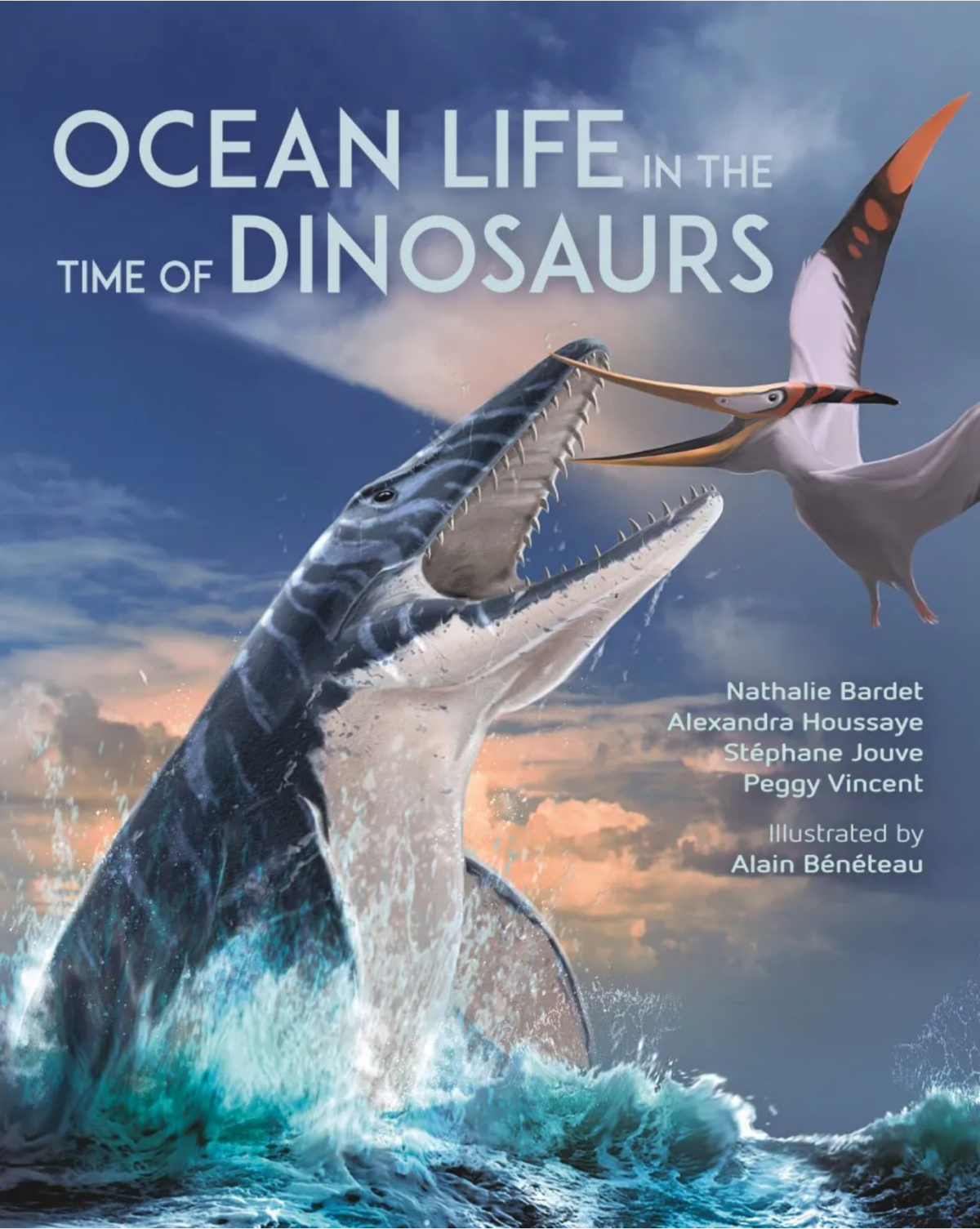
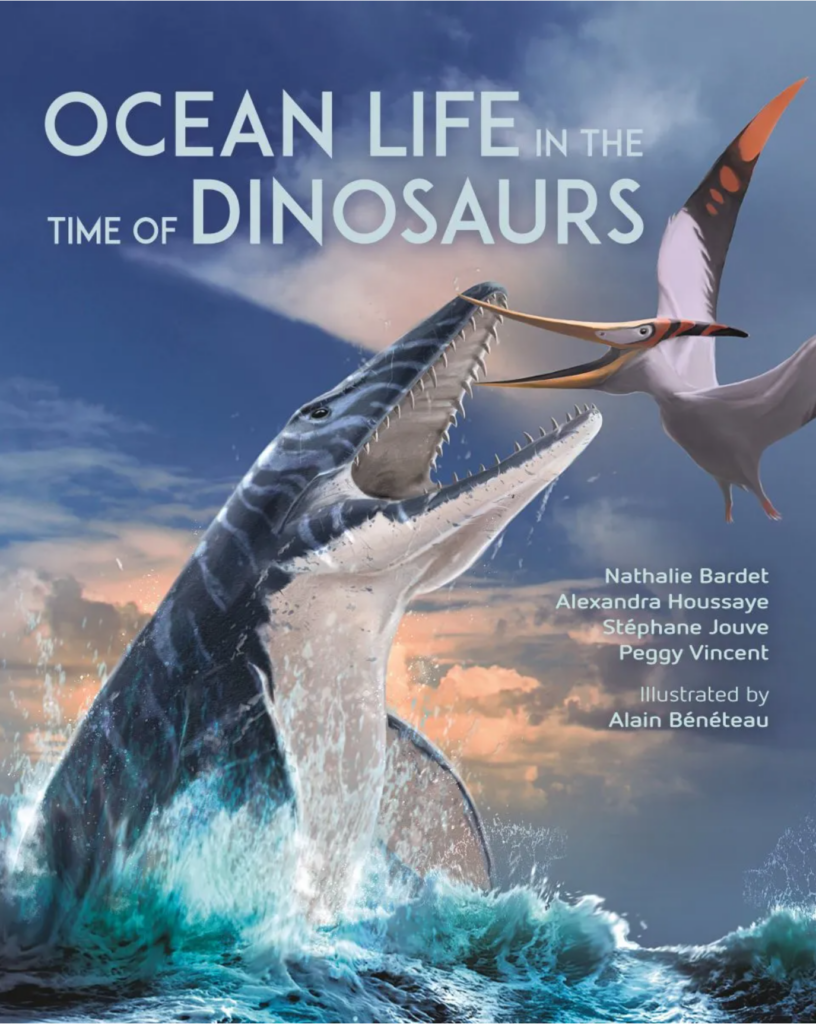
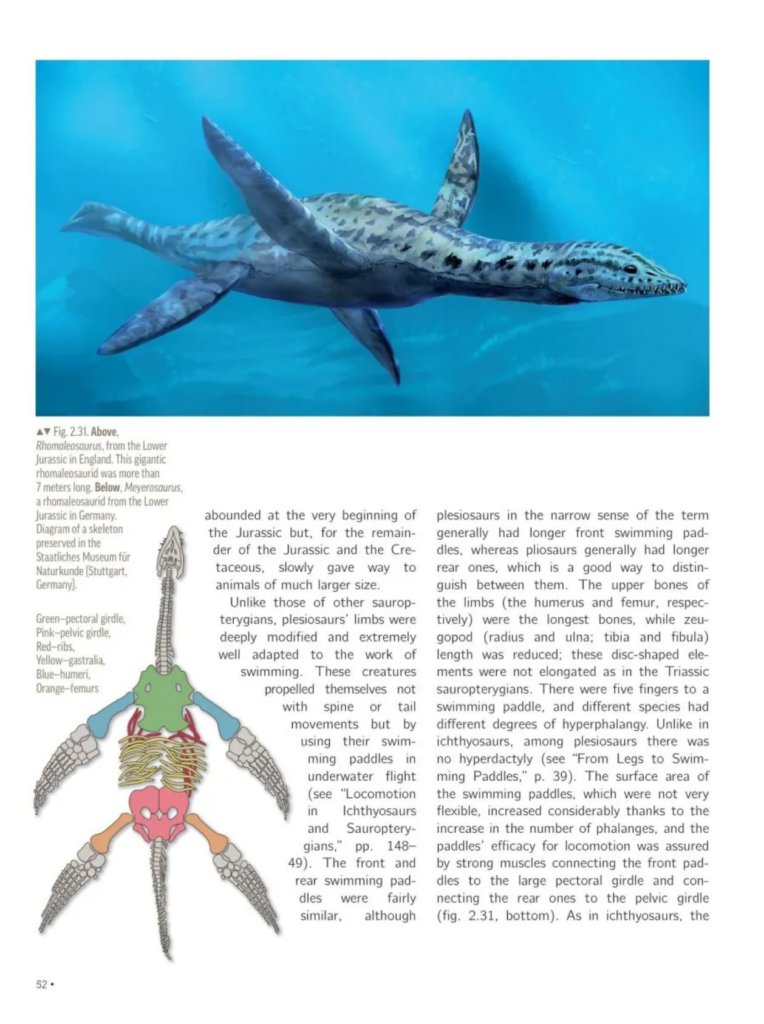
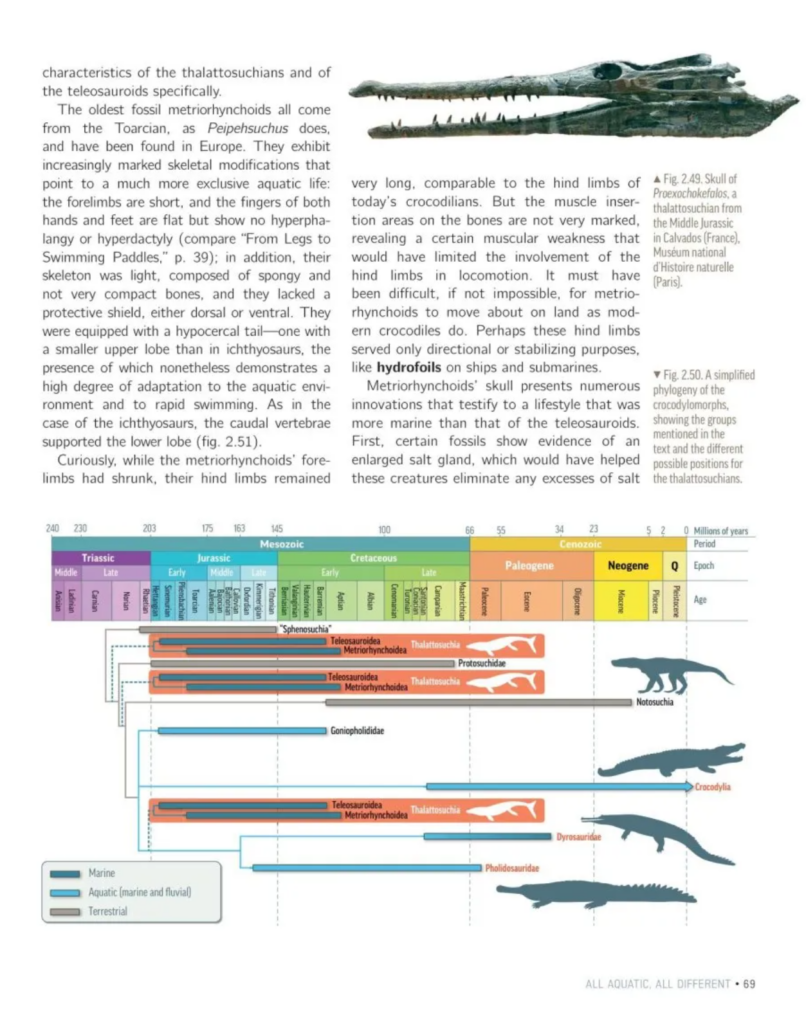
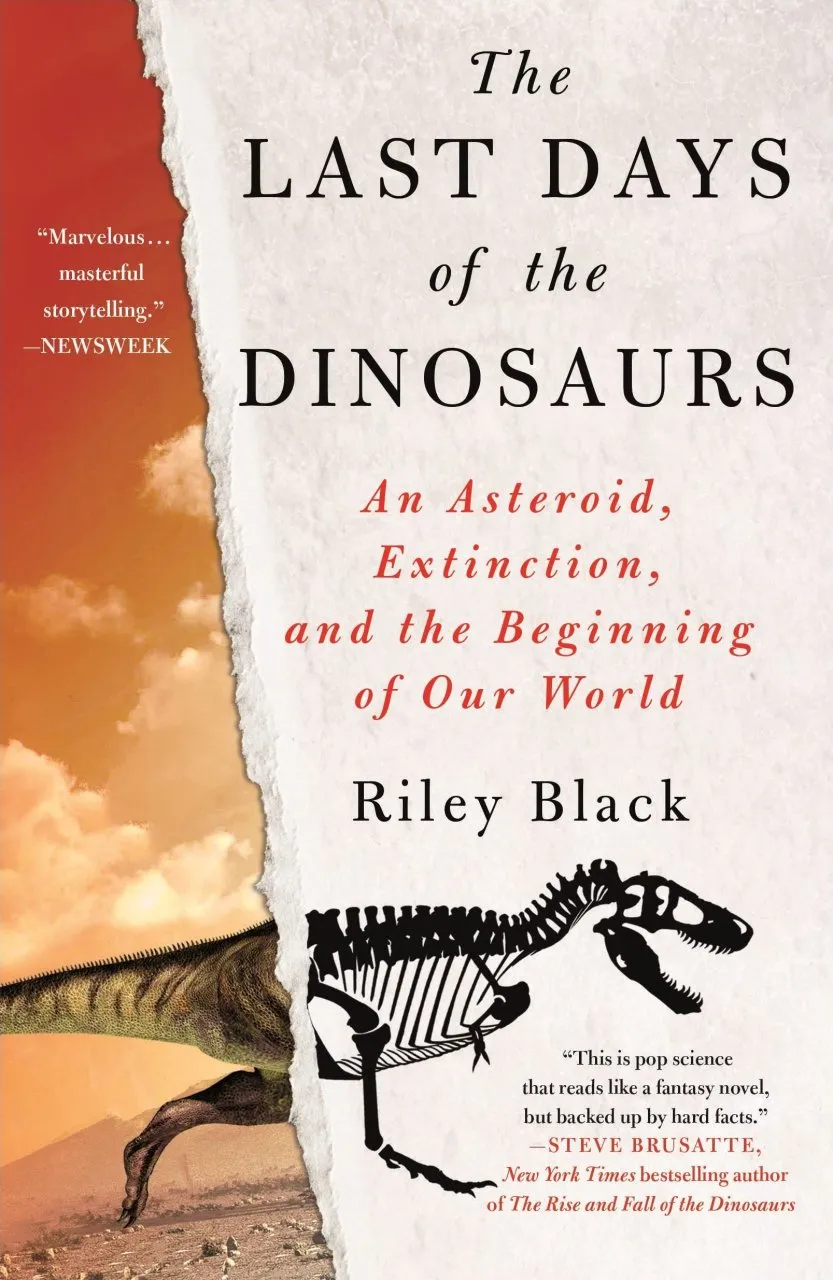
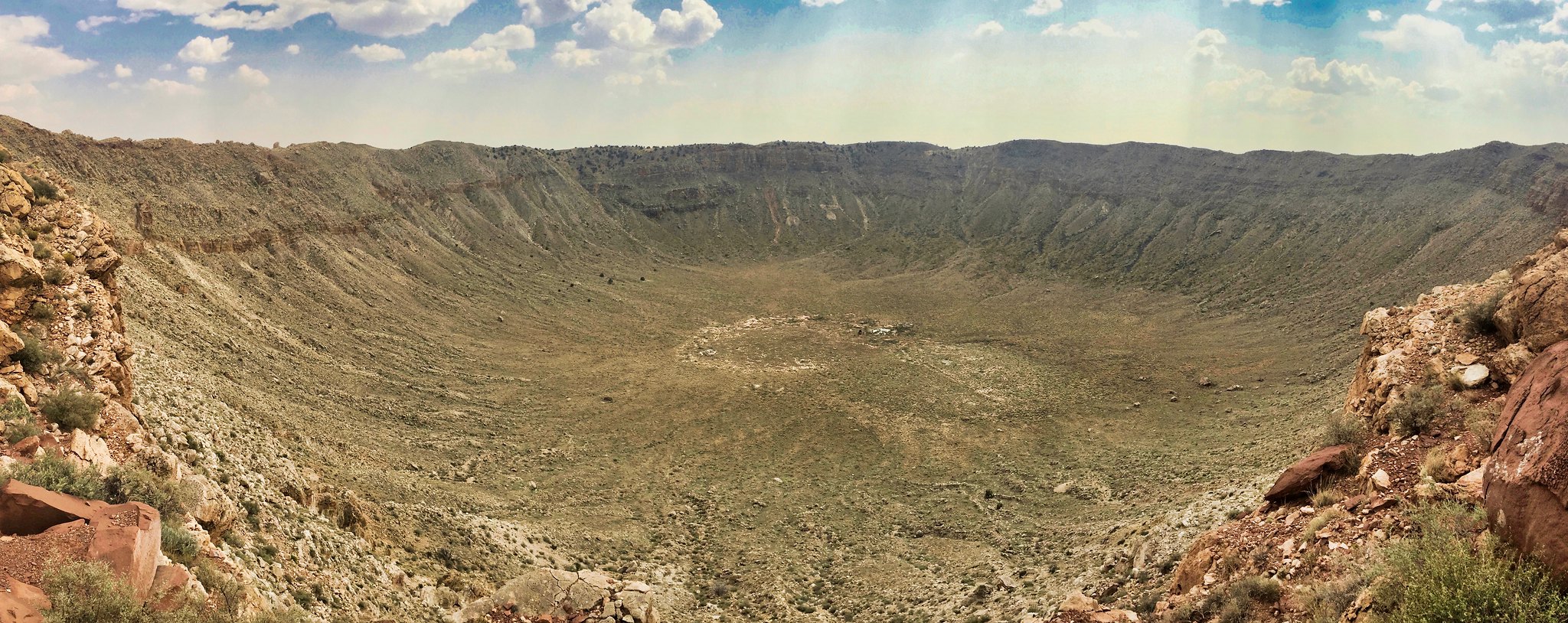
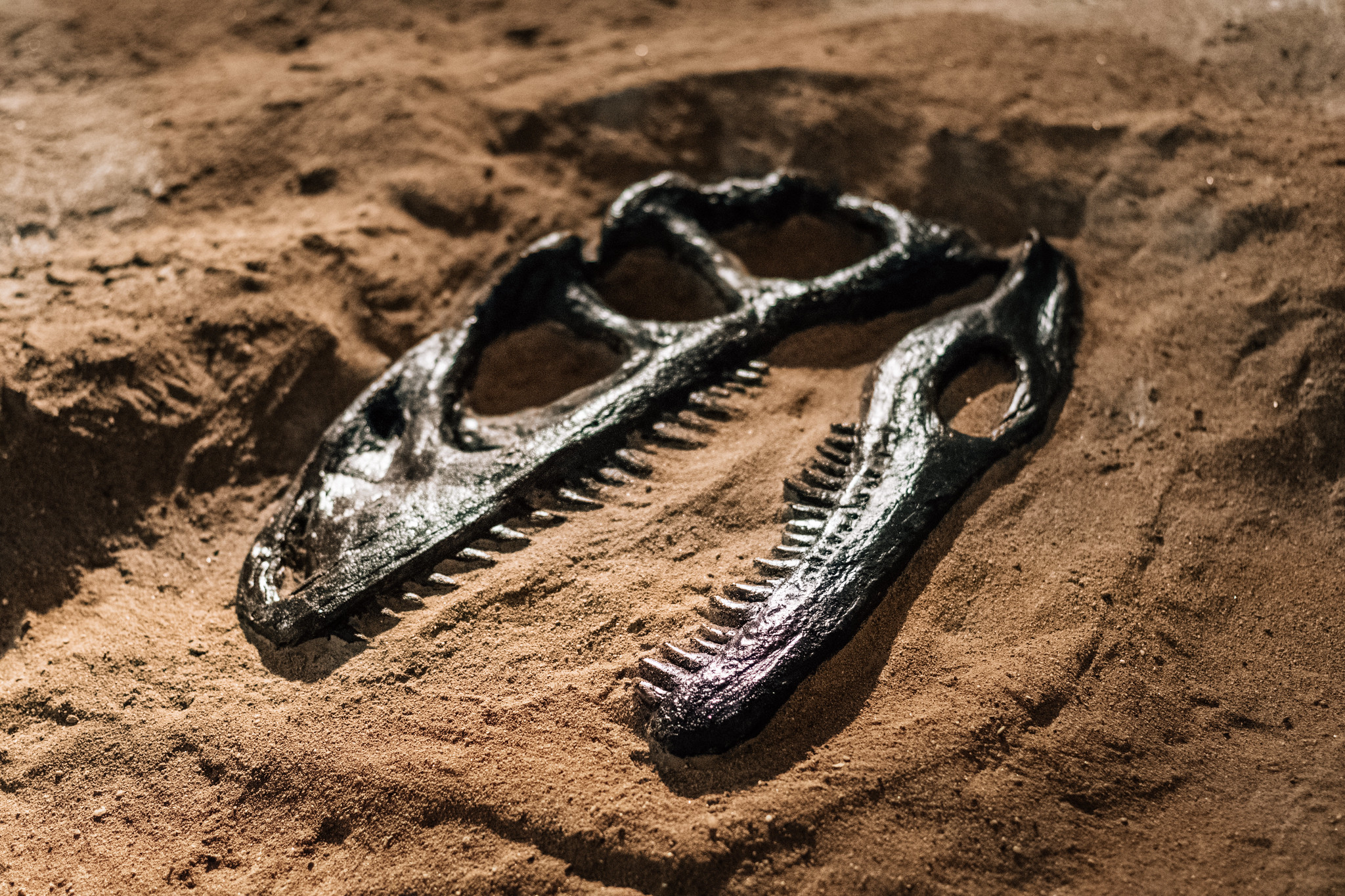
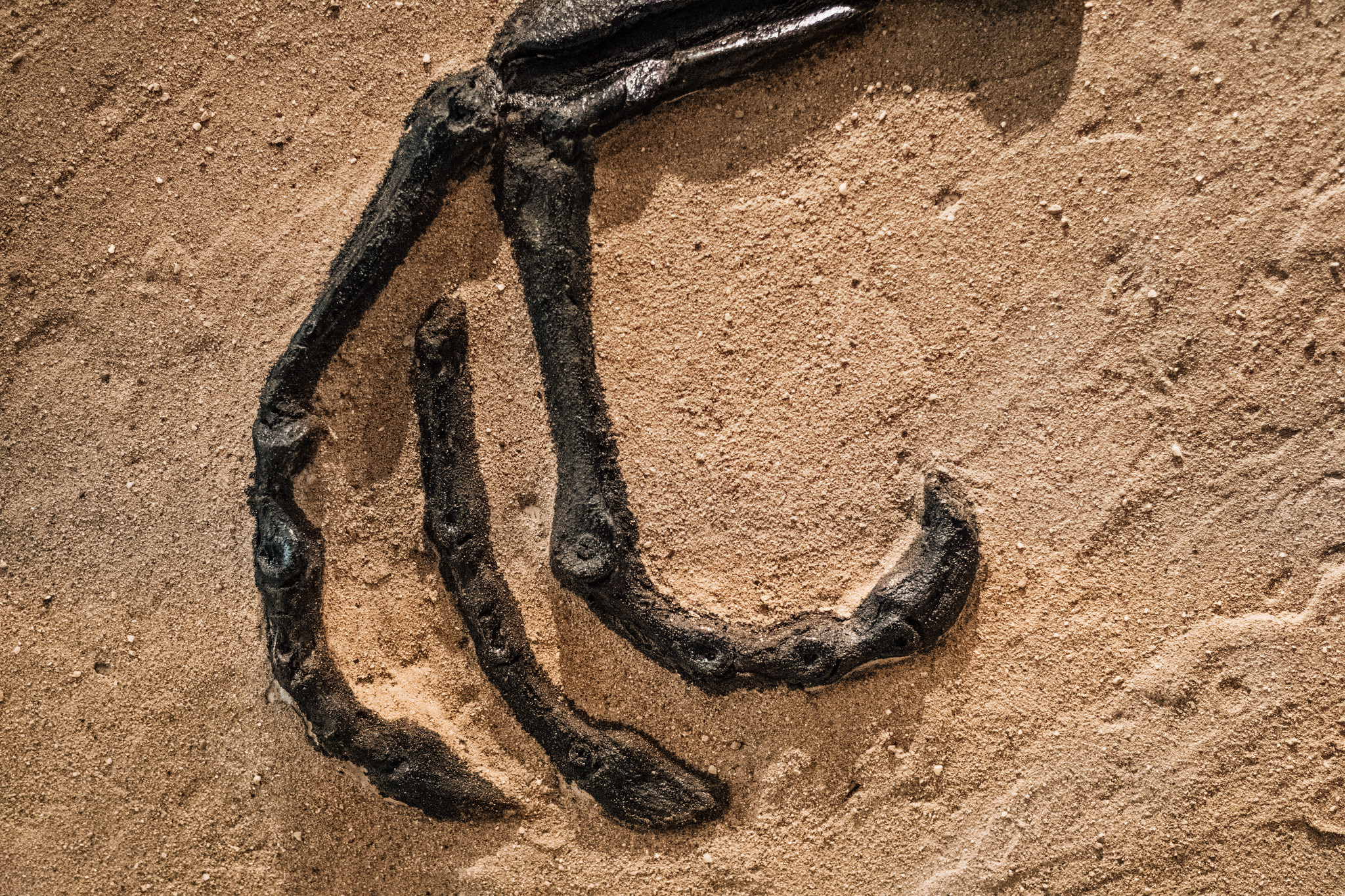
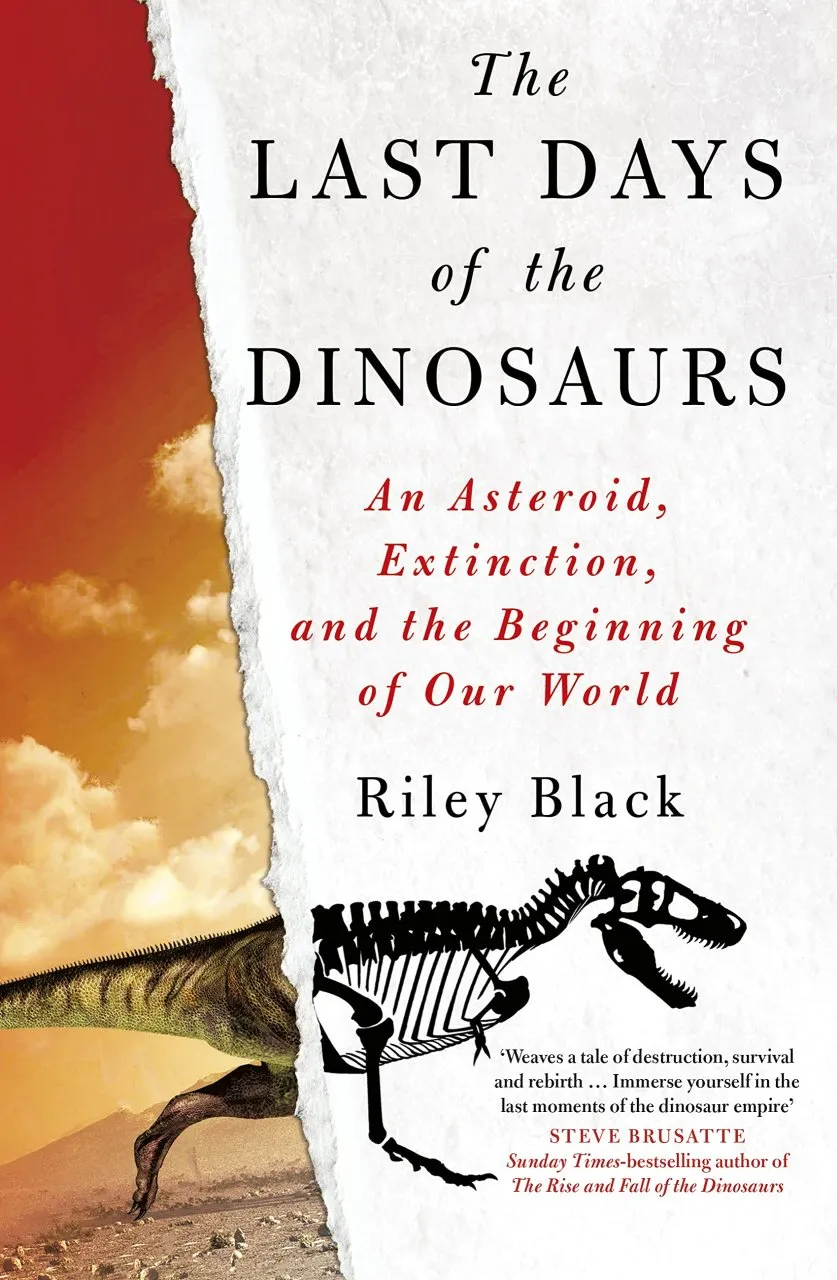
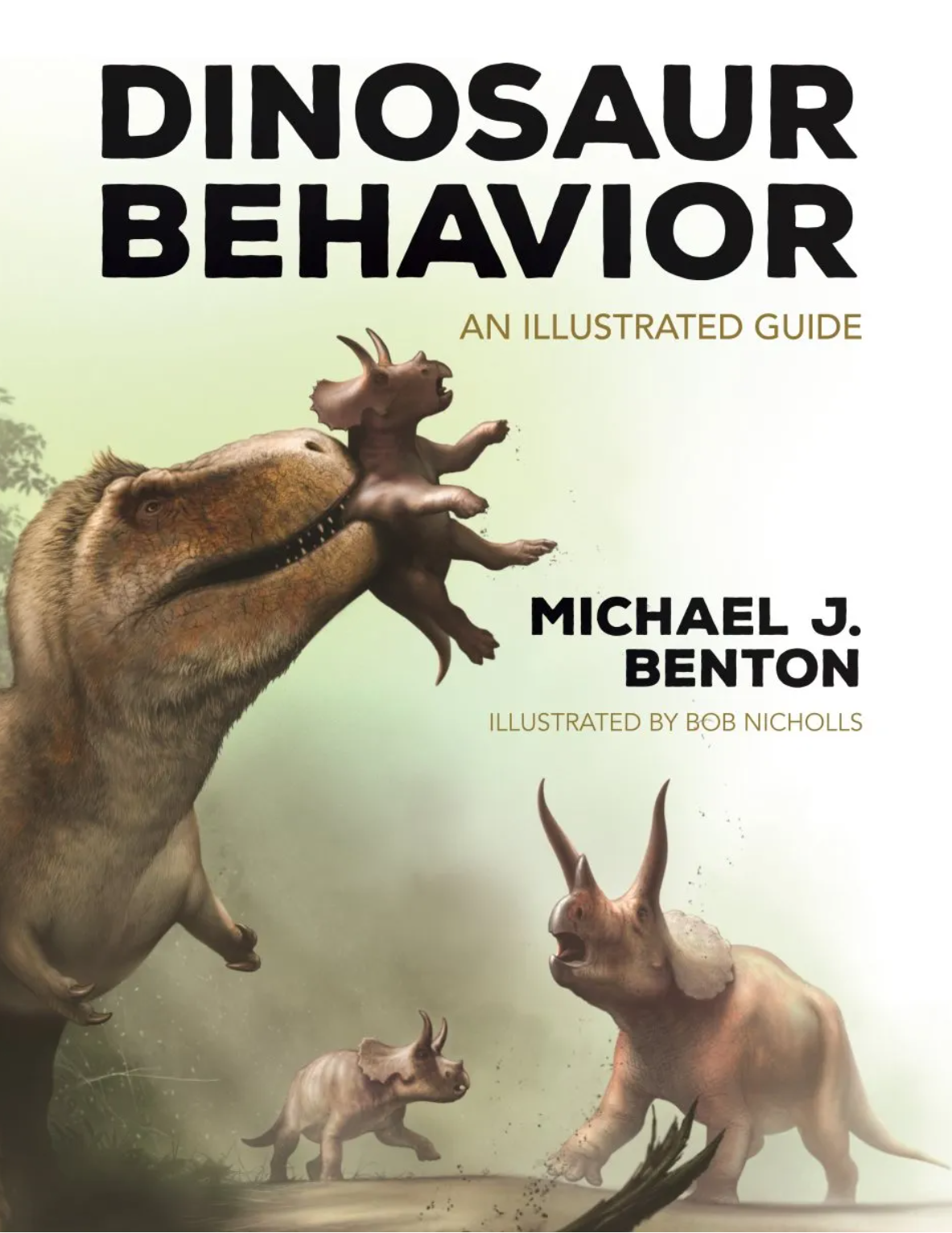
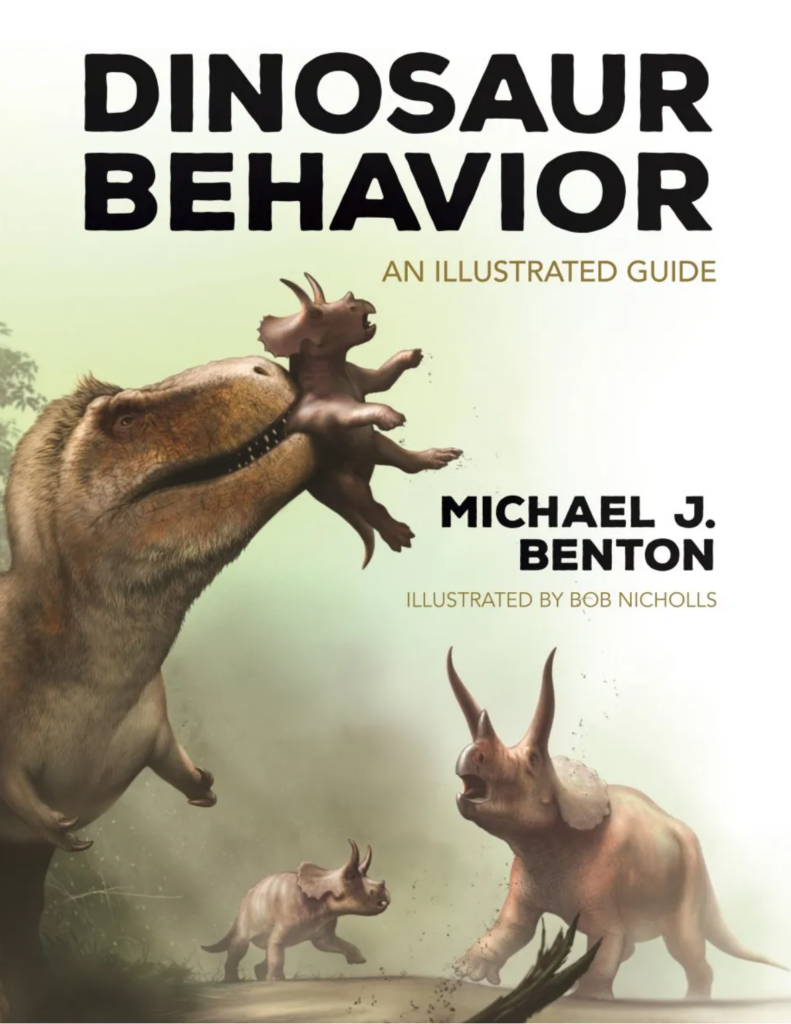
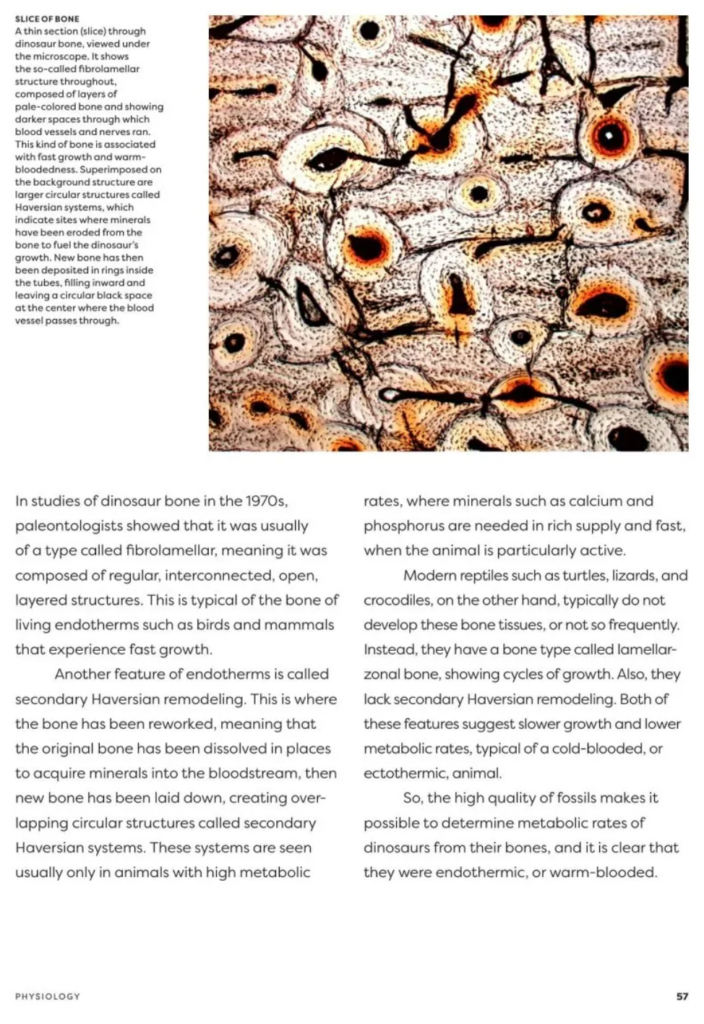
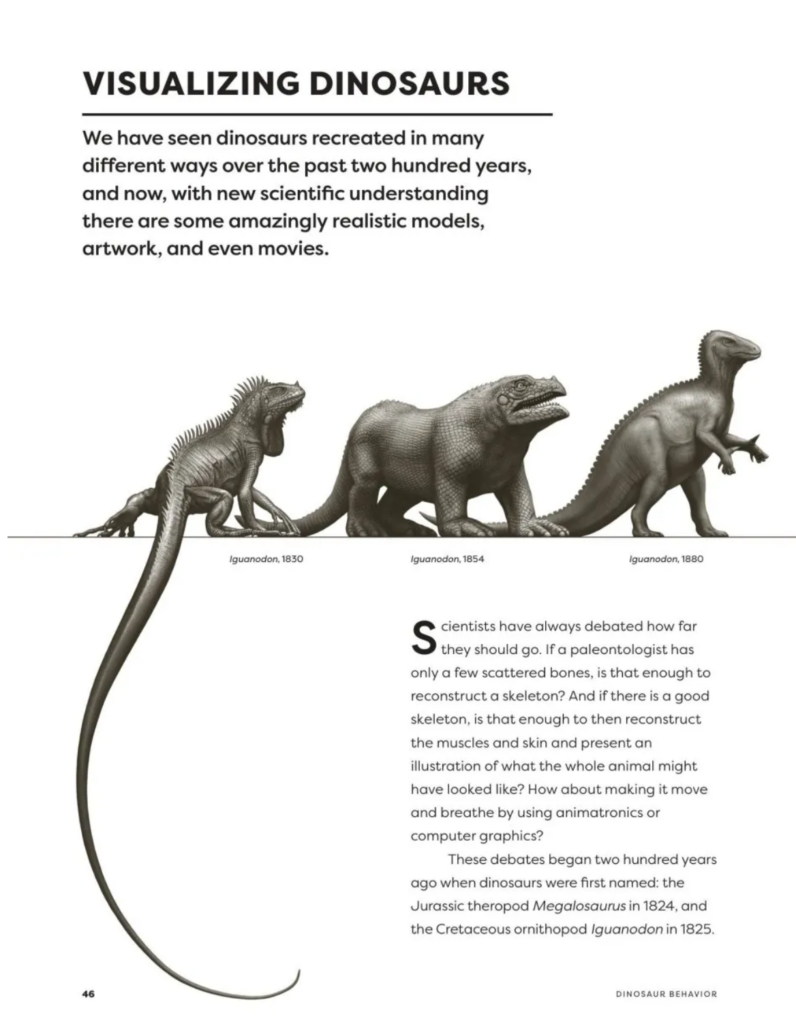
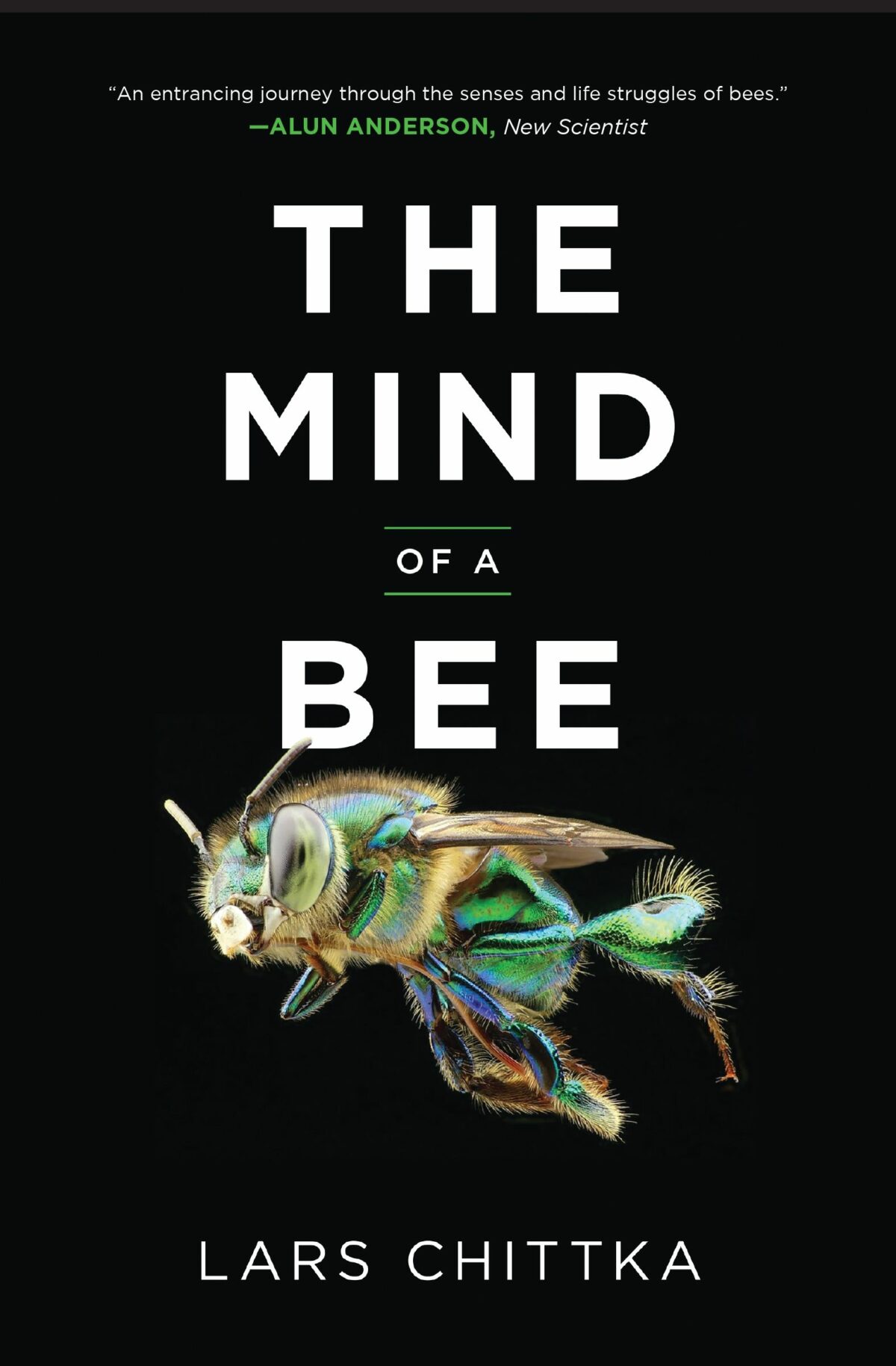
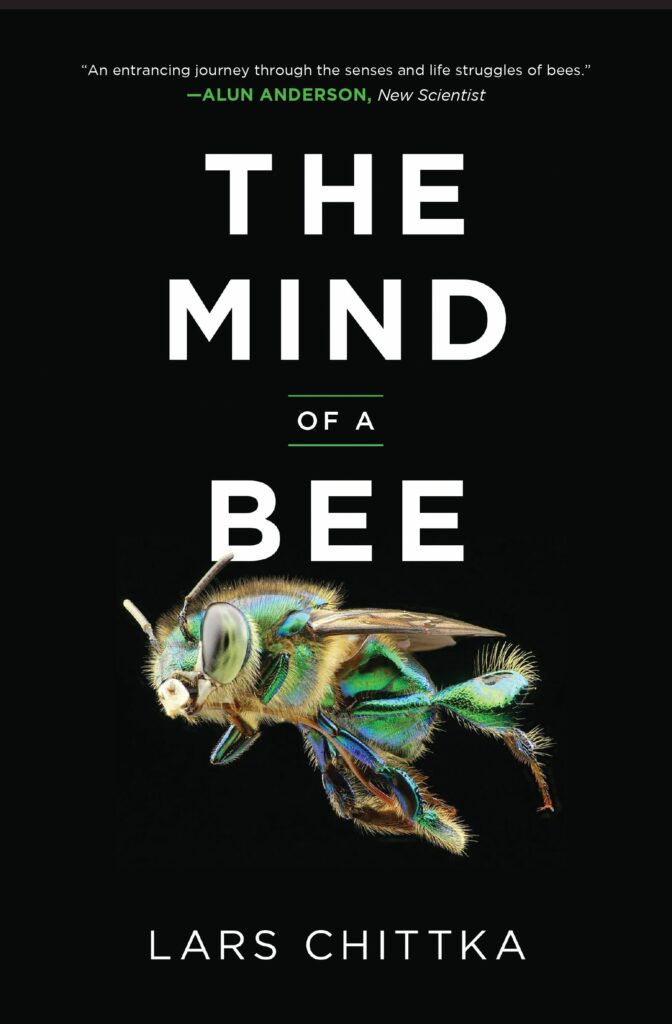
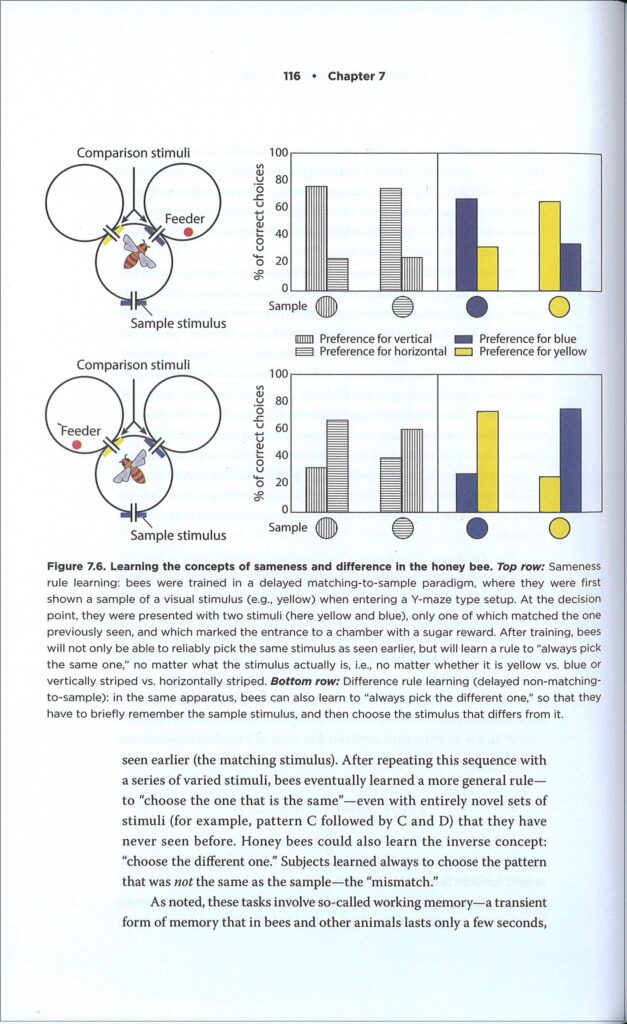 Justifiably, the book opens with sensory biology. Before we understand what is in the mind of any organism, Chittka argues, we first need to understand the gateways, the sense organs, through which information from the outside world is filtered. These are shaped by both evolutionary history and daily life (i.e. what information matters on a day-to-day basis and what can be safely ignored). Chapter 2 deals with the historical research that showed that bees do have colour vision and furthermore can perceive ultraviolet (UV) light. Chapter 3 bundles together research on numerous other senses, including ones familiar (smell, taste, and hearing) and unfamiliar to us (perception of polarised light, Earth’s magnetic field, and electric fields). The antennae of bees, in particular, are marvels; Chittka likens them to a biological Swiss army knife, packing numerous different sense organs into two small appendages. Tightly connected to sensory biology is how this incoming information is processed in the brain, though Chittka postpones discussing neurobiology to chapter 9. He describes the discovery and function of different brain areas and highlights the work of Frederick Kenyon who would inspire the better-remembered Santiago Ramón y Cajal. Thanks to them, we now understand that brains consist of numerous specialised nerve cells. Though the bee brain is small, Chittka argues that size is a poor predictor of cognitive skills; it is the wiring of neurons that matters. Rather than be surprised that small-brained insects such as bees can do so many clever things, Chittka instead tickles the reader with the opposite question: “Why does any animal need as large a brain as a bee’s?” (p. 153).
Justifiably, the book opens with sensory biology. Before we understand what is in the mind of any organism, Chittka argues, we first need to understand the gateways, the sense organs, through which information from the outside world is filtered. These are shaped by both evolutionary history and daily life (i.e. what information matters on a day-to-day basis and what can be safely ignored). Chapter 2 deals with the historical research that showed that bees do have colour vision and furthermore can perceive ultraviolet (UV) light. Chapter 3 bundles together research on numerous other senses, including ones familiar (smell, taste, and hearing) and unfamiliar to us (perception of polarised light, Earth’s magnetic field, and electric fields). The antennae of bees, in particular, are marvels; Chittka likens them to a biological Swiss army knife, packing numerous different sense organs into two small appendages. Tightly connected to sensory biology is how this incoming information is processed in the brain, though Chittka postpones discussing neurobiology to chapter 9. He describes the discovery and function of different brain areas and highlights the work of Frederick Kenyon who would inspire the better-remembered Santiago Ramón y Cajal. Thanks to them, we now understand that brains consist of numerous specialised nerve cells. Though the bee brain is small, Chittka argues that size is a poor predictor of cognitive skills; it is the wiring of neurons that matters. Rather than be surprised that small-brained insects such as bees can do so many clever things, Chittka instead tickles the reader with the opposite question: “Why does any animal need as large a brain as a bee’s?” (p. 153).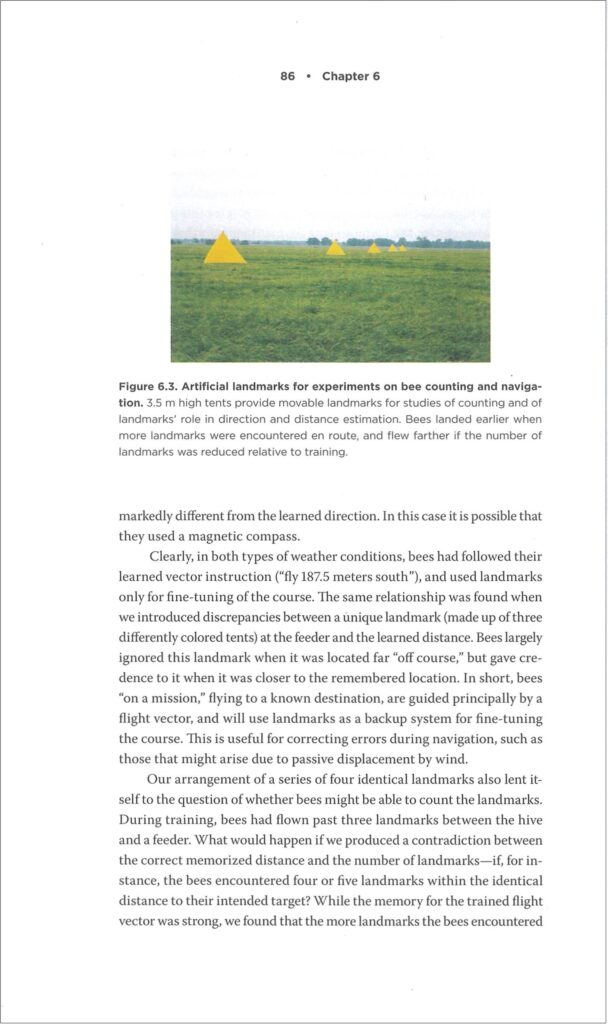 What clever things do bees do, you ask? That is the subject of the preceding five chapters where Chittka surveys a large body of behavioural research. Honey bees are famous for their waggle dance by which they communicate the location of flowers but also, this was news to me, the location of potential nest sites when the swarm relocates. But Chittka discusses more, much more: how bees navigate space using landmarks, show a rudimentary form of counting, solve the travelling salesman problem, learn to extract nectar from complex flowers, learn when to exploit certain flowers (and when to ignore them), and learn new tricks by observing other bees. But what about instinct, something most behaviours were traditionally ascribed to? He has some insightful comments on this: “even the most elemental behavior routines need to be refined by learning: instinct provides little more than a rough template” (p. 50). What really made me fall off my chair is that bees have long been outsmarting researchers in choice experiments. Many behavioural experiments take the form of choice tests, where bees need to pick between two locations or objects that differ in e.g. colour or shape with one option containing a sugary solution as a reward. Bumblebees would simply be lazy and check out both options in random order. Until, that is, protocols were modified by adding a bitter-tasting solution to the wrong choice as a penalty.
What clever things do bees do, you ask? That is the subject of the preceding five chapters where Chittka surveys a large body of behavioural research. Honey bees are famous for their waggle dance by which they communicate the location of flowers but also, this was news to me, the location of potential nest sites when the swarm relocates. But Chittka discusses more, much more: how bees navigate space using landmarks, show a rudimentary form of counting, solve the travelling salesman problem, learn to extract nectar from complex flowers, learn when to exploit certain flowers (and when to ignore them), and learn new tricks by observing other bees. But what about instinct, something most behaviours were traditionally ascribed to? He has some insightful comments on this: “even the most elemental behavior routines need to be refined by learning: instinct provides little more than a rough template” (p. 50). What really made me fall off my chair is that bees have long been outsmarting researchers in choice experiments. Many behavioural experiments take the form of choice tests, where bees need to pick between two locations or objects that differ in e.g. colour or shape with one option containing a sugary solution as a reward. Bumblebees would simply be lazy and check out both options in random order. Until, that is, protocols were modified by adding a bitter-tasting solution to the wrong choice as a penalty.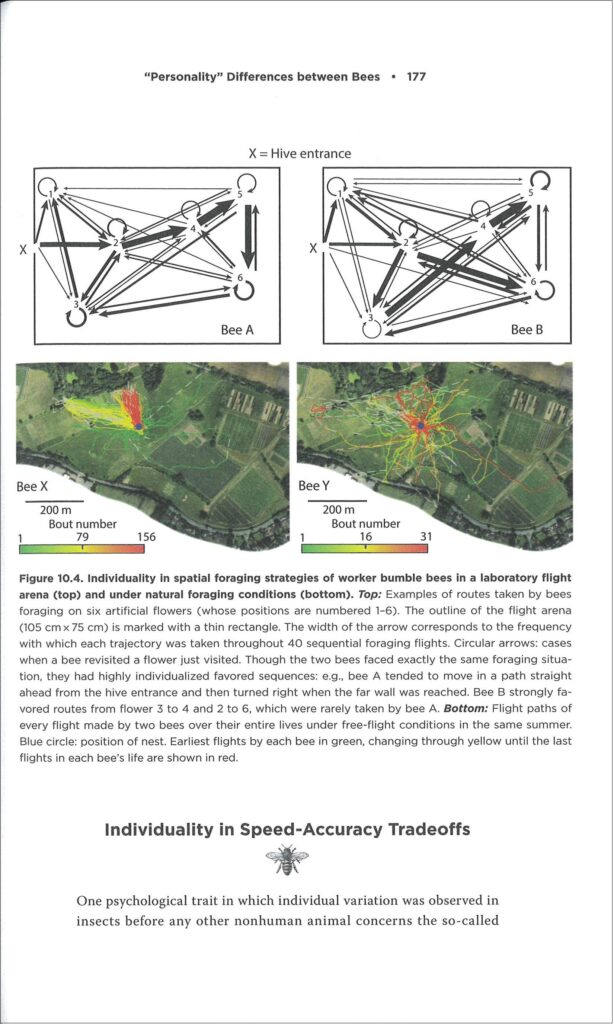 As mentioned above, this book is focused. If you enjoy reading about the facts and the study system with minimal (autobiographical) diversions, Chittka has got you covered. The only digression he allows himself is to include biographical details of older generations of scientists. This includes inspiring tales such as Karl von Frisch who described the honey bee waggle dance and later barely escaped being dismissed from his post by the Nazis. And look out for repeat appearances of Charles Turner, a now largely forgotten African American scientist who published pioneering work despite having been denied a professorship based on his ethnicity. But there are also tragic stories such as Kenyon’s, who snapped under pressure of not securing a permanent job and was incarcerated in a lunatic asylum where he died more than 40 years later, alone and forgotten. Chittka includes occasional quotations from historical literature to show that “many seemingly contemporary ideas about the minds of bees had already been expressed, in some form, over a century ago” (p. 15).
As mentioned above, this book is focused. If you enjoy reading about the facts and the study system with minimal (autobiographical) diversions, Chittka has got you covered. The only digression he allows himself is to include biographical details of older generations of scientists. This includes inspiring tales such as Karl von Frisch who described the honey bee waggle dance and later barely escaped being dismissed from his post by the Nazis. And look out for repeat appearances of Charles Turner, a now largely forgotten African American scientist who published pioneering work despite having been denied a professorship based on his ethnicity. But there are also tragic stories such as Kenyon’s, who snapped under pressure of not securing a permanent job and was incarcerated in a lunatic asylum where he died more than 40 years later, alone and forgotten. Chittka includes occasional quotations from historical literature to show that “many seemingly contemporary ideas about the minds of bees had already been expressed, in some form, over a century ago” (p. 15).